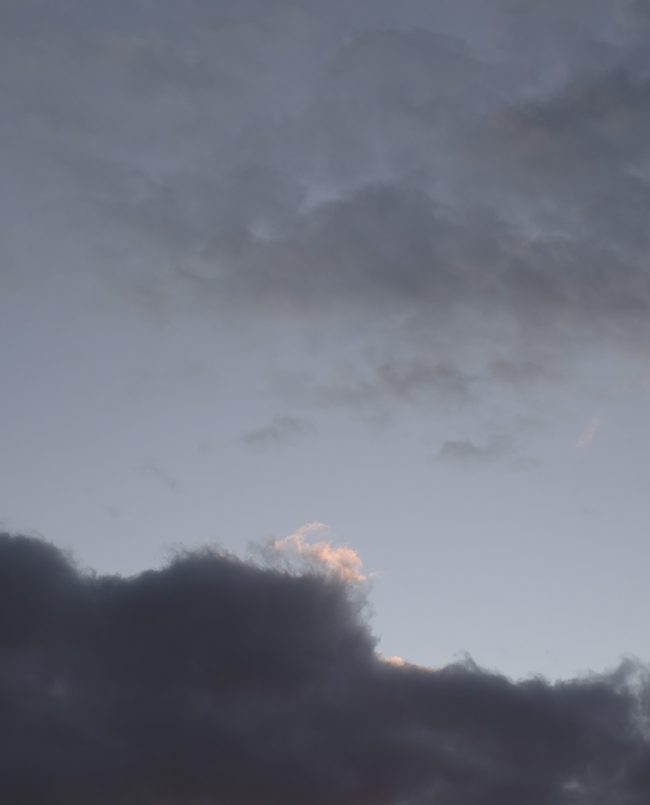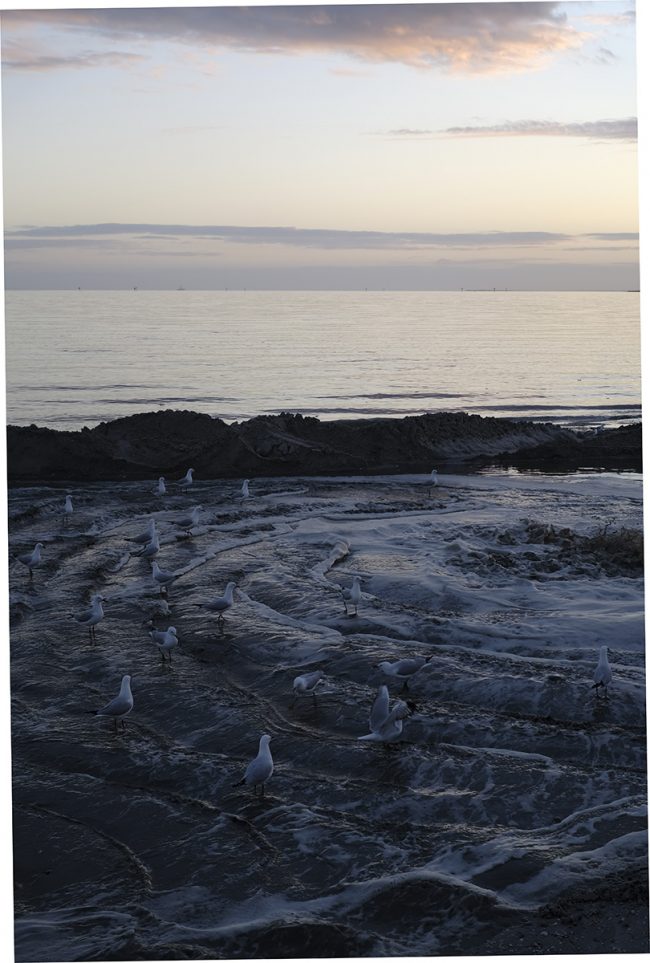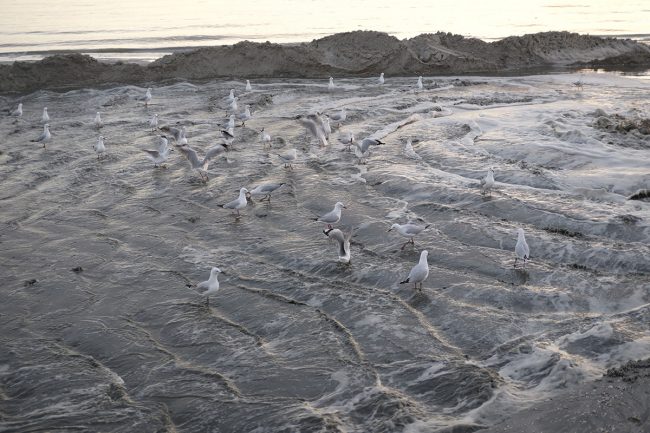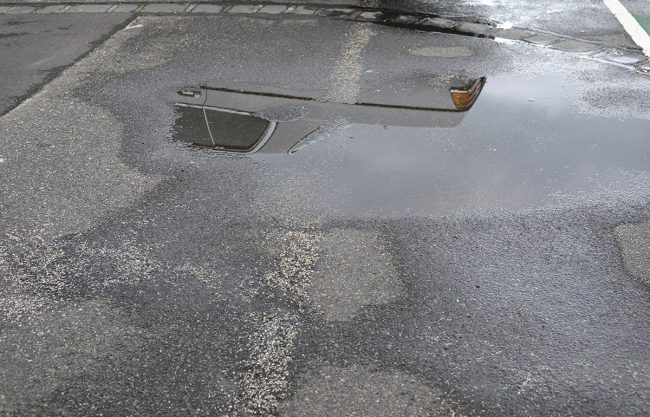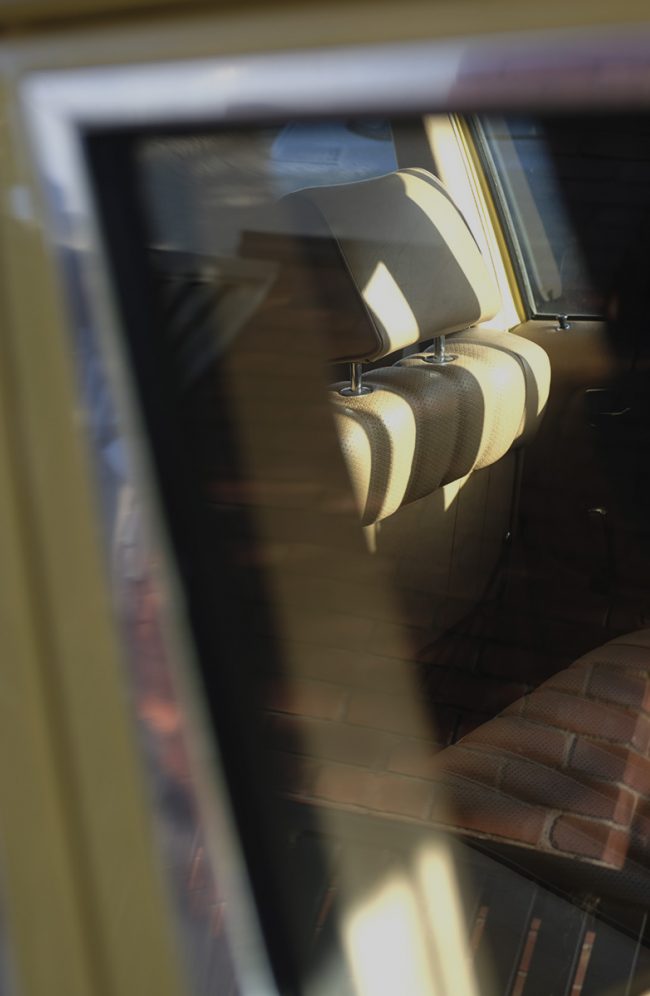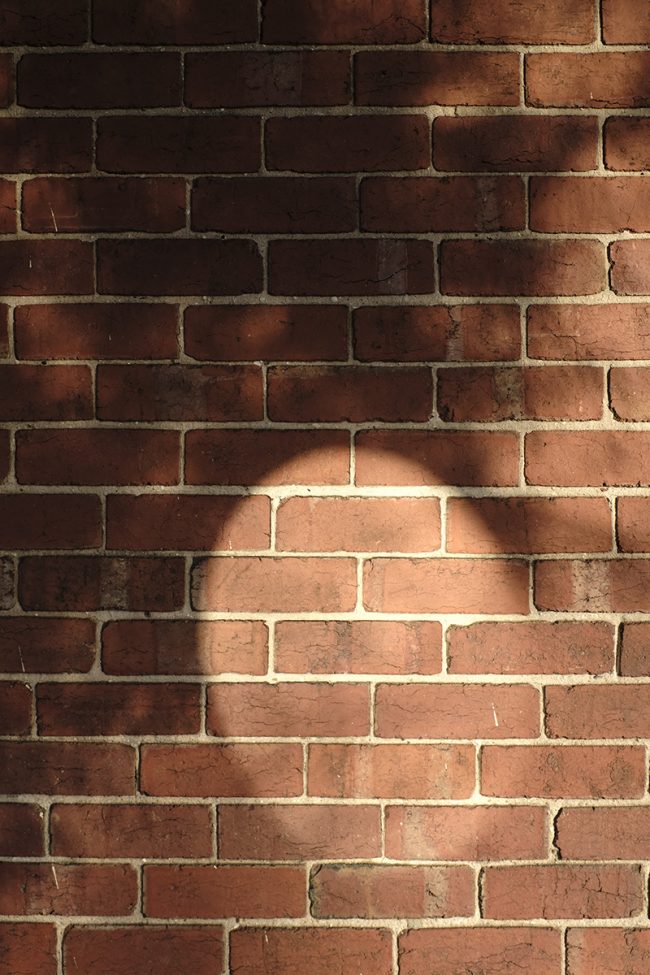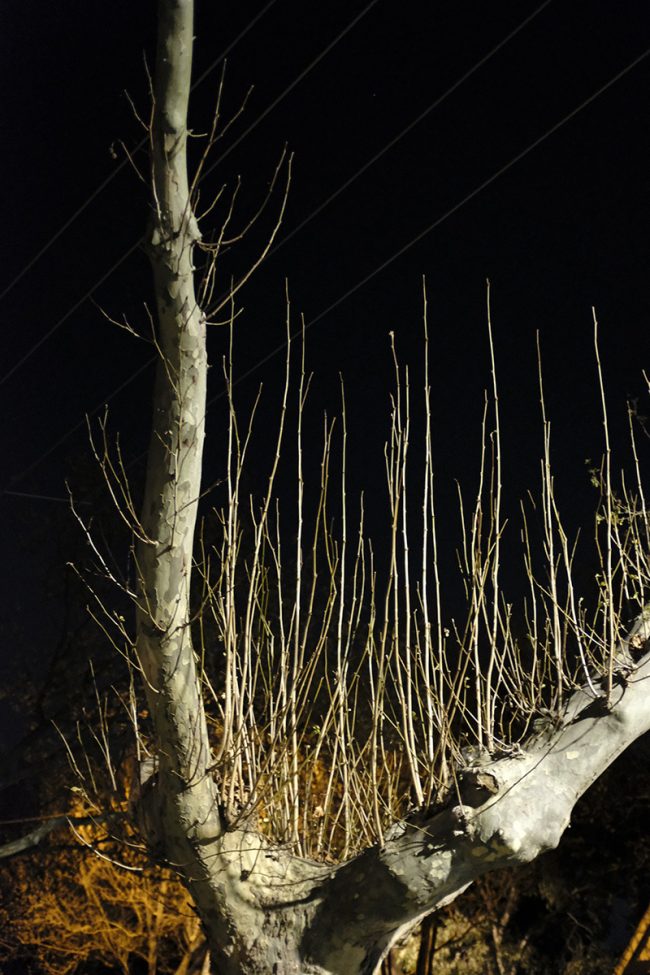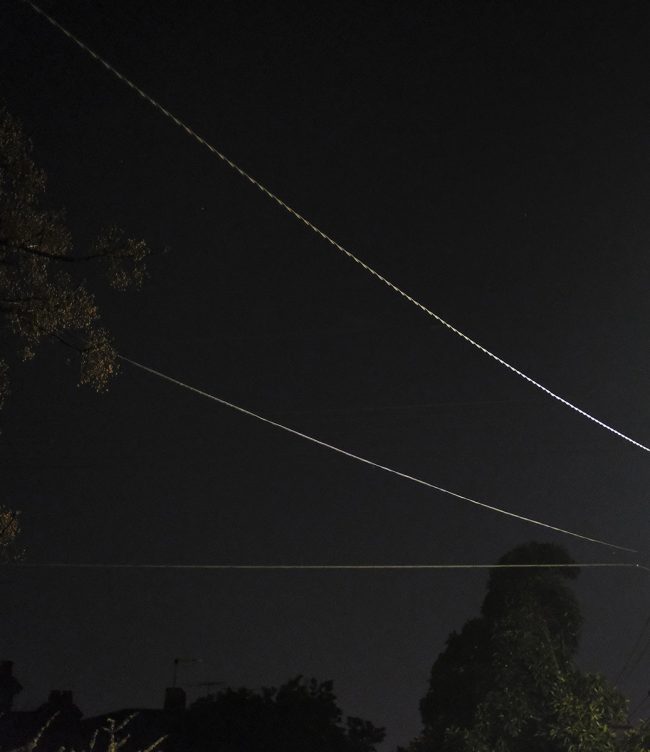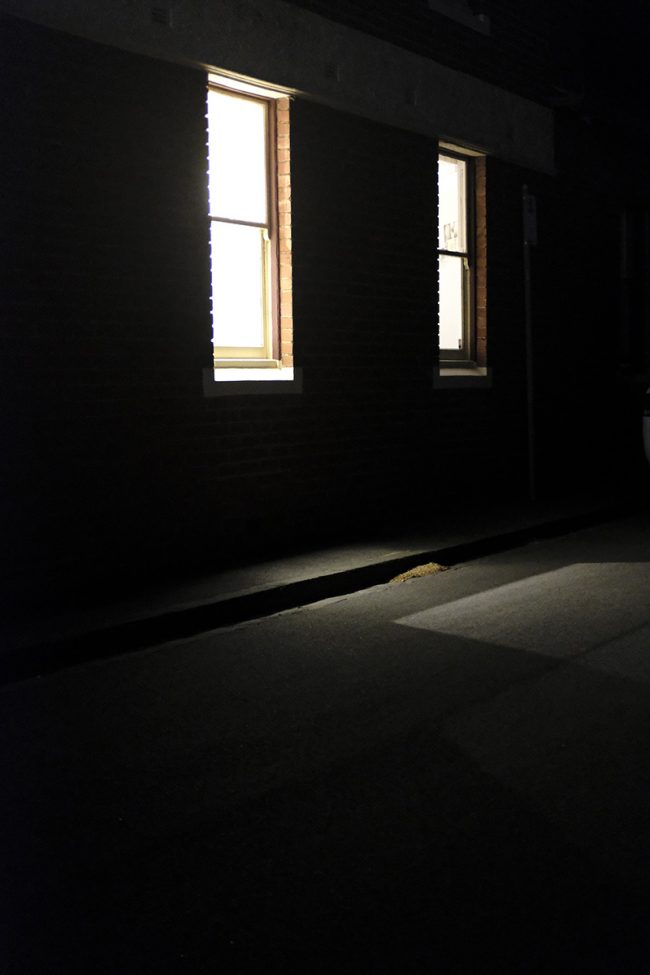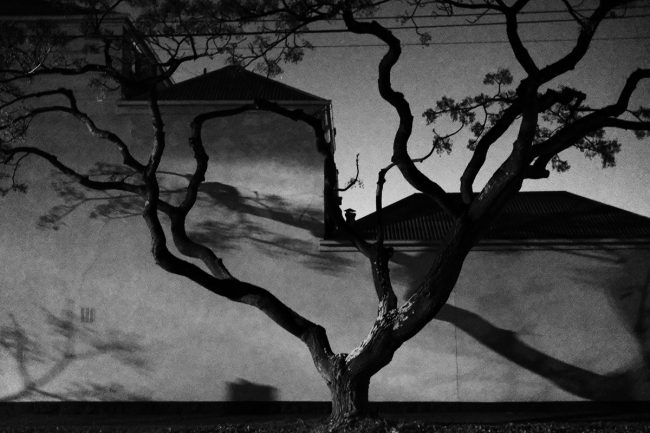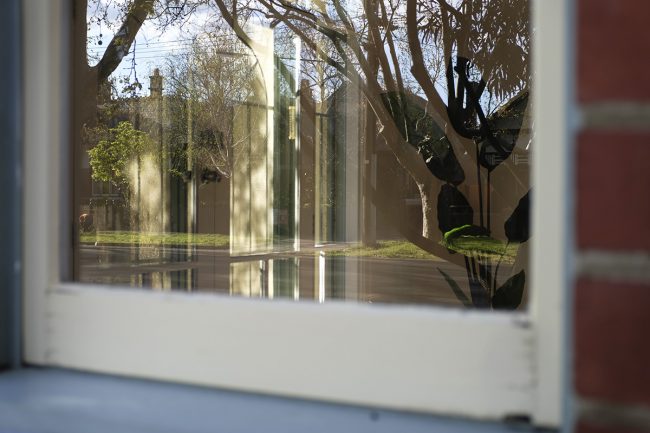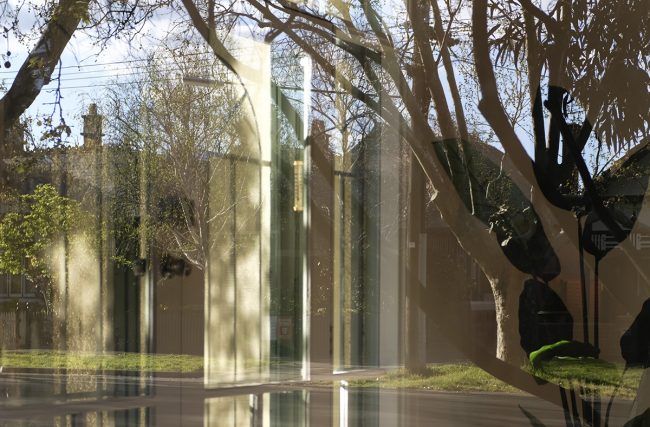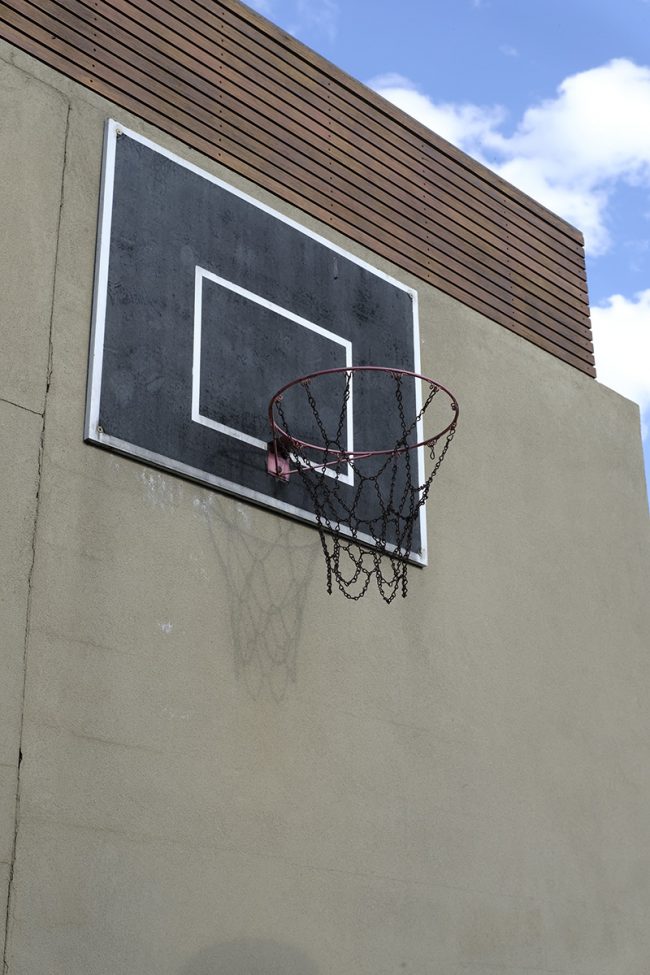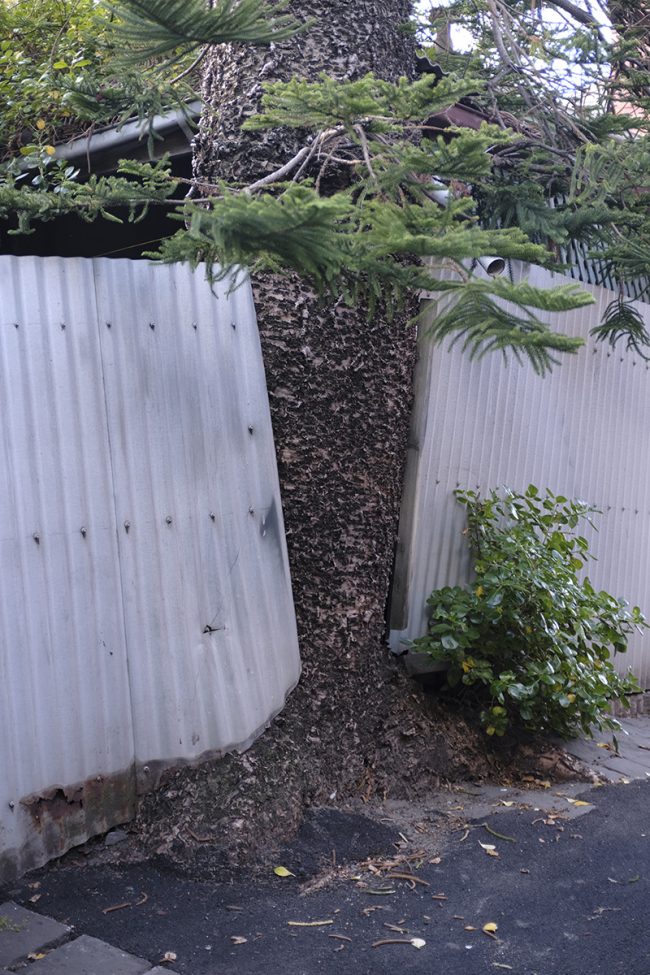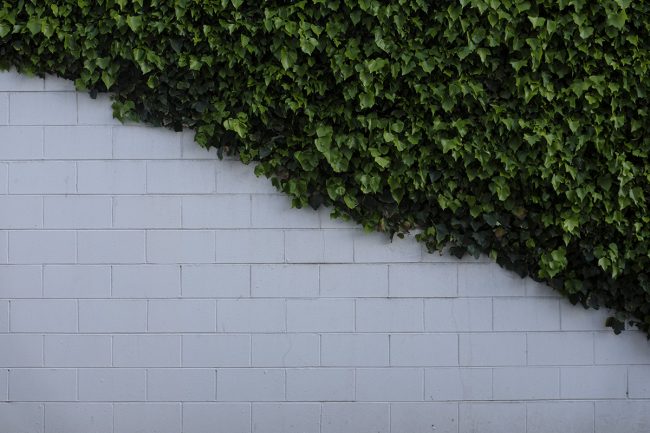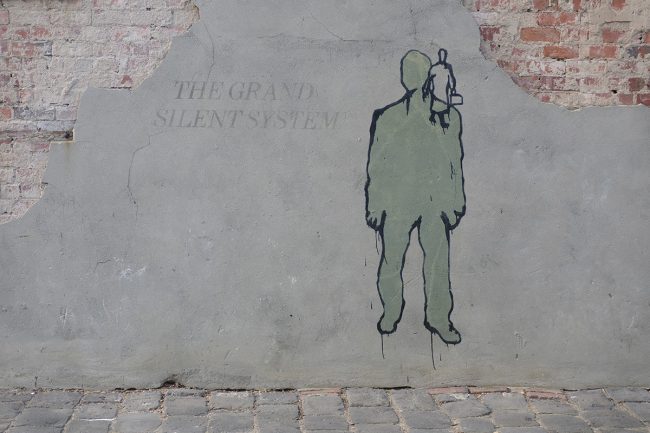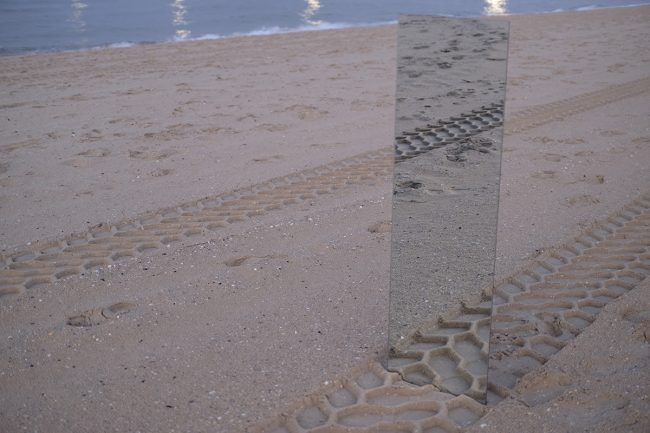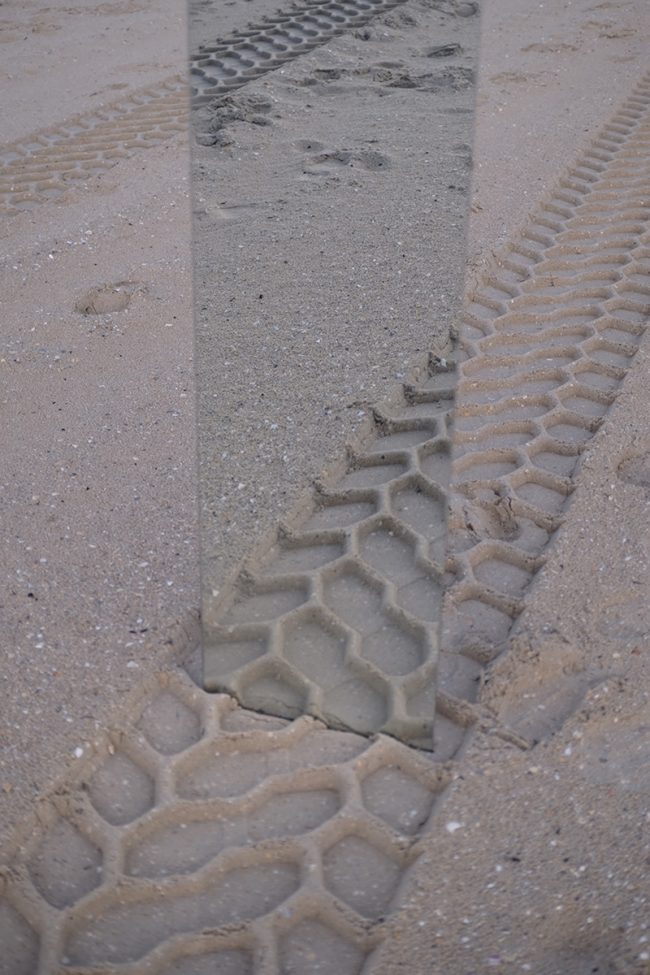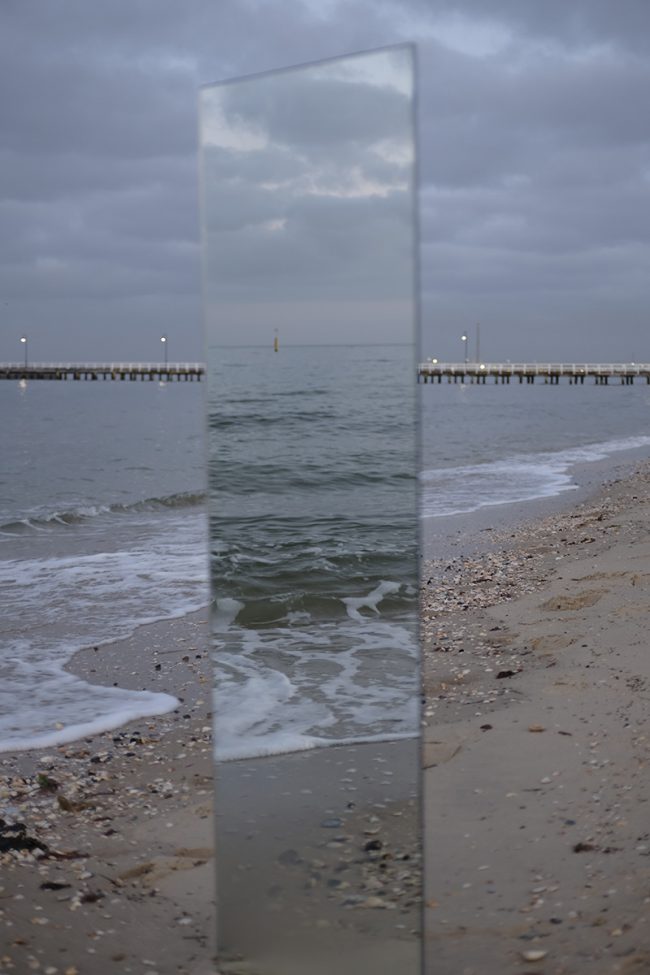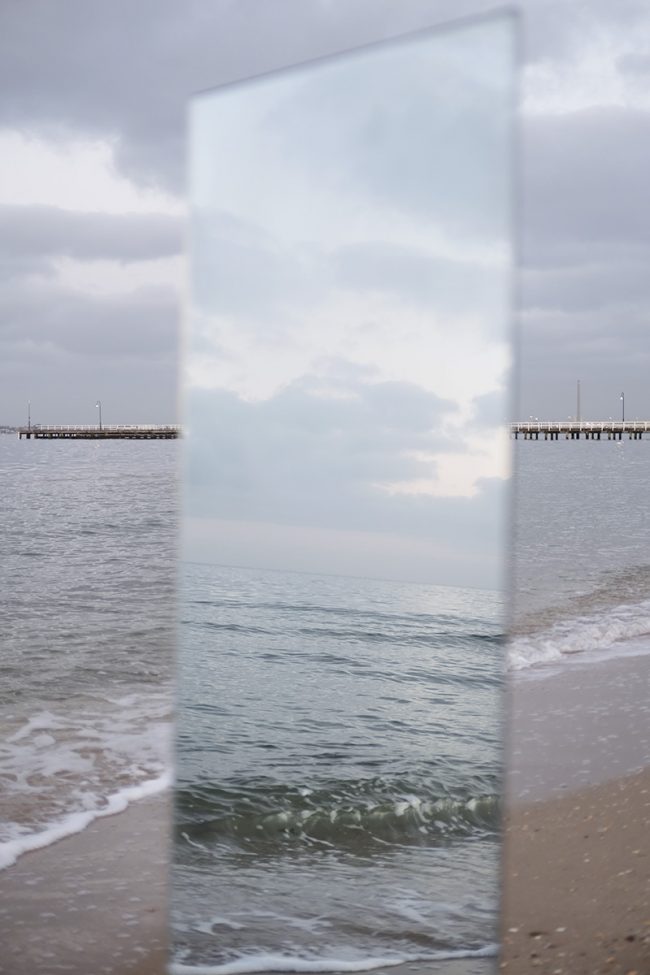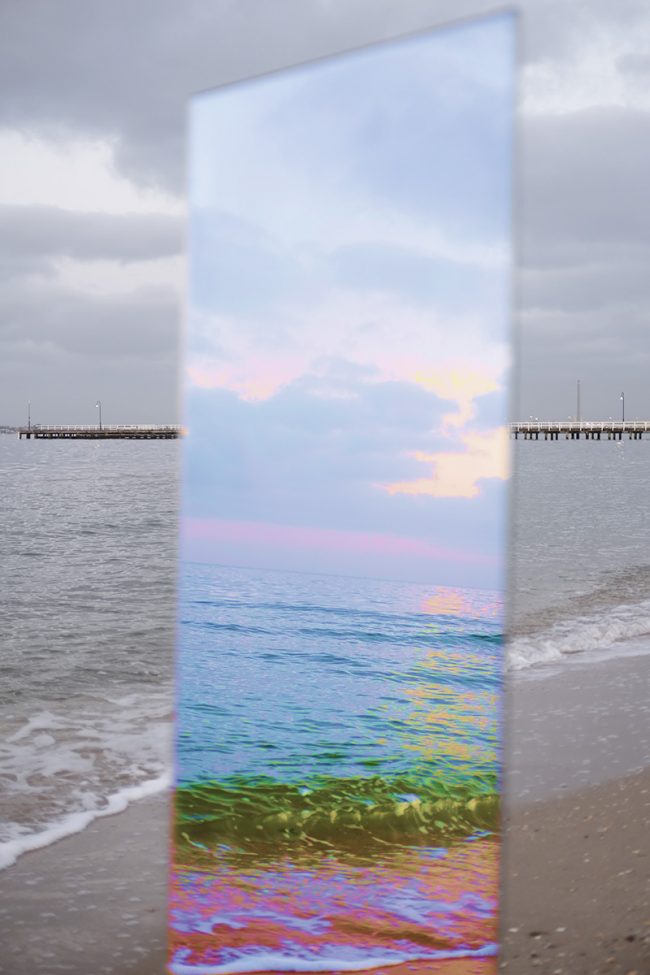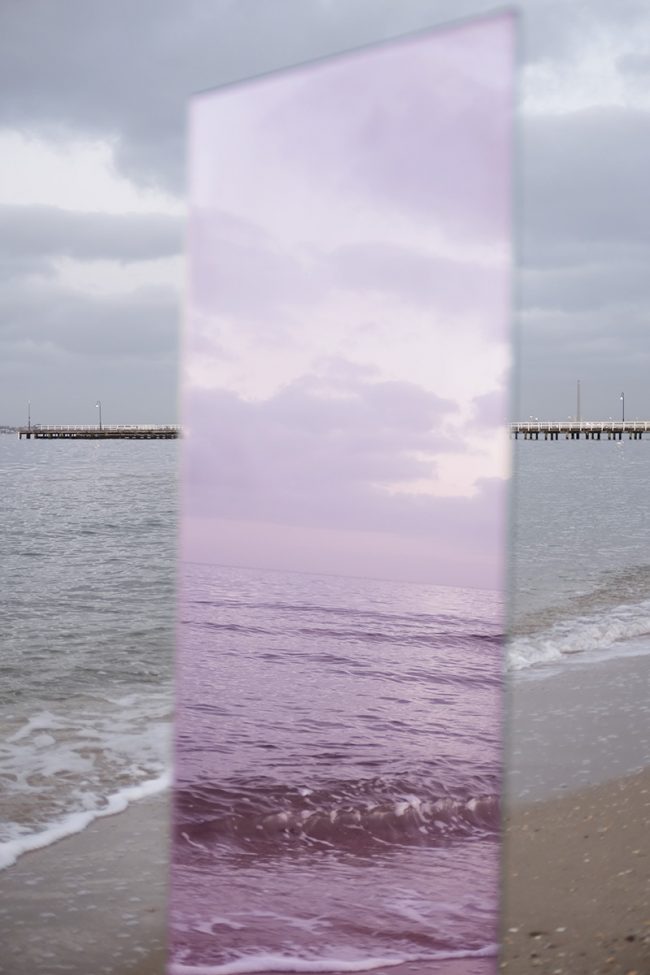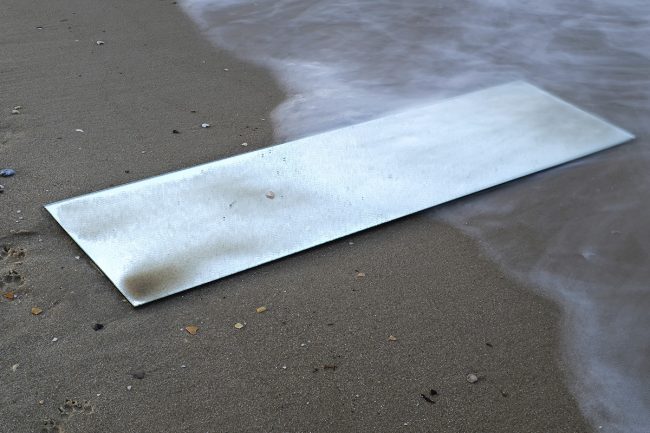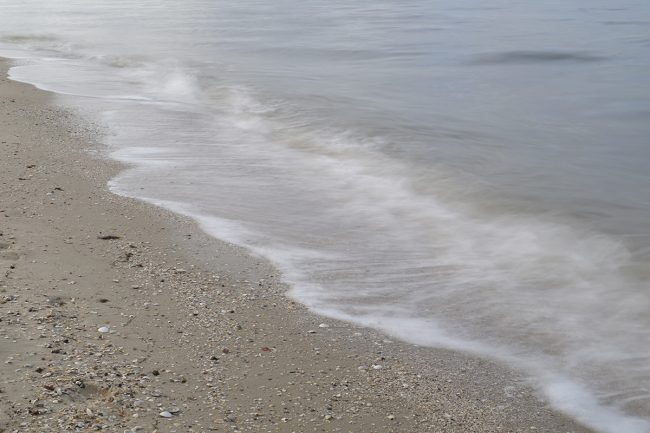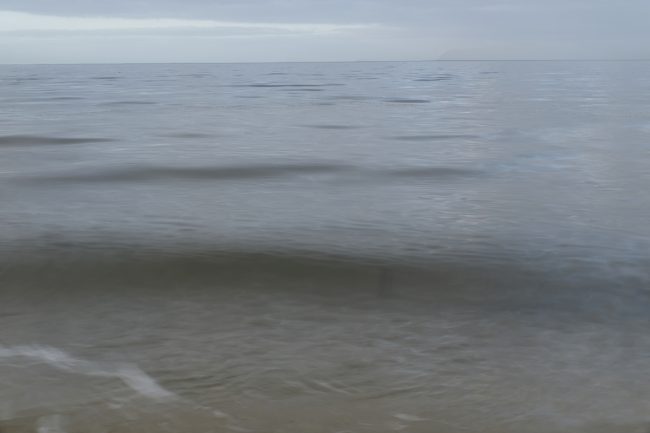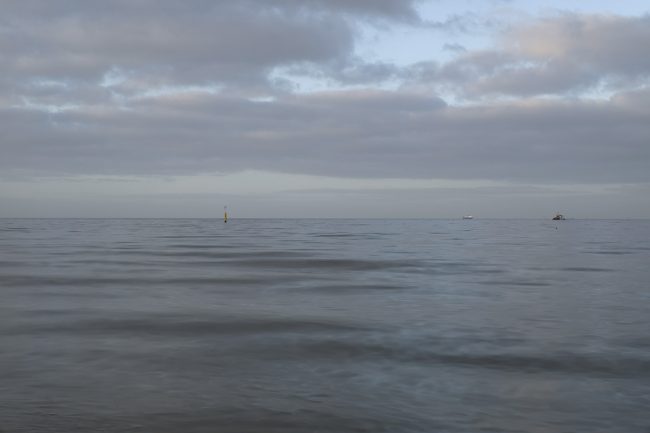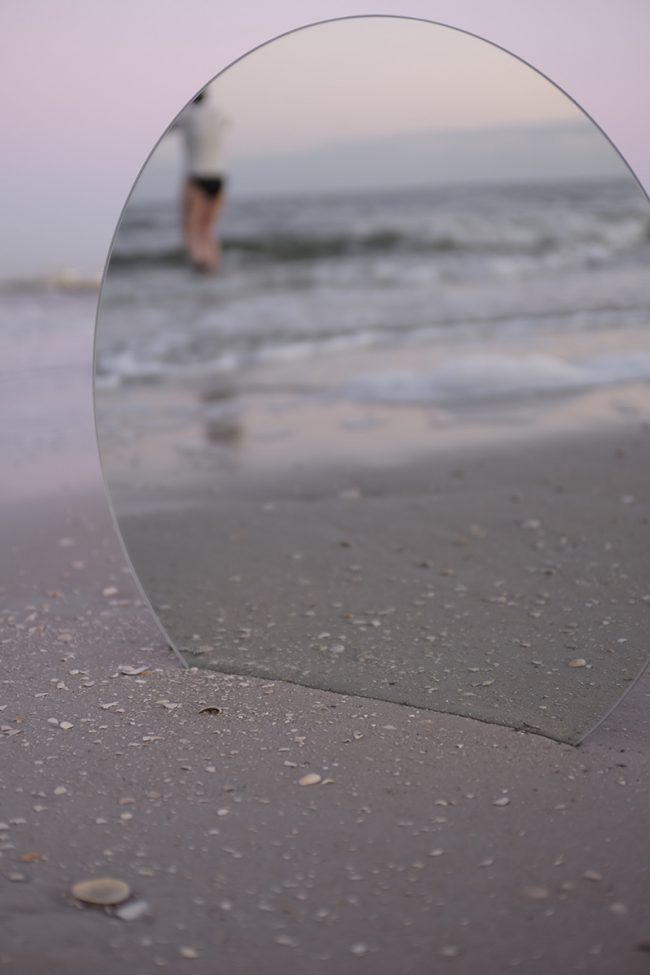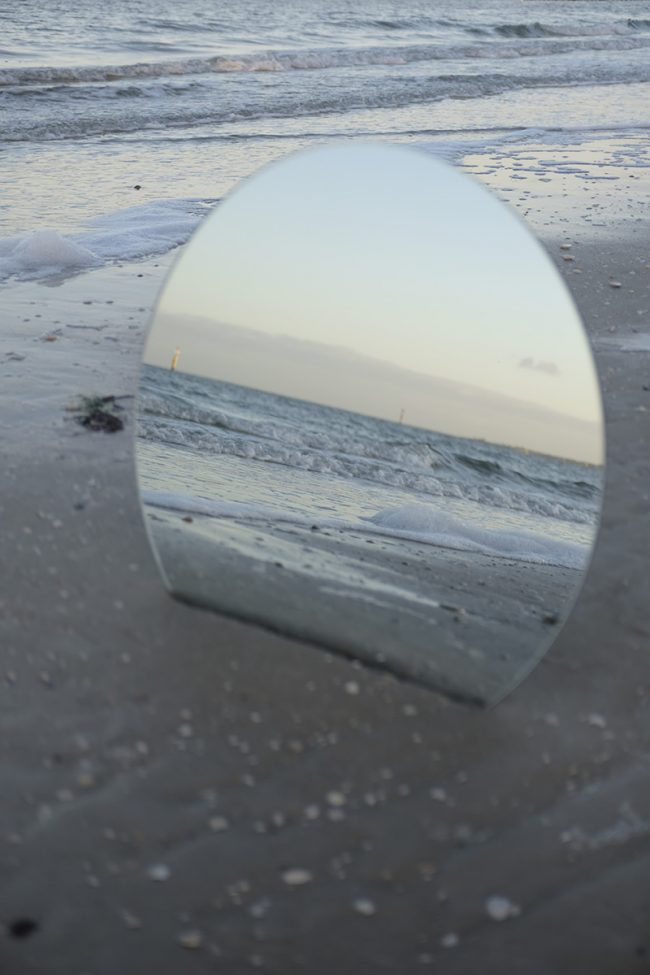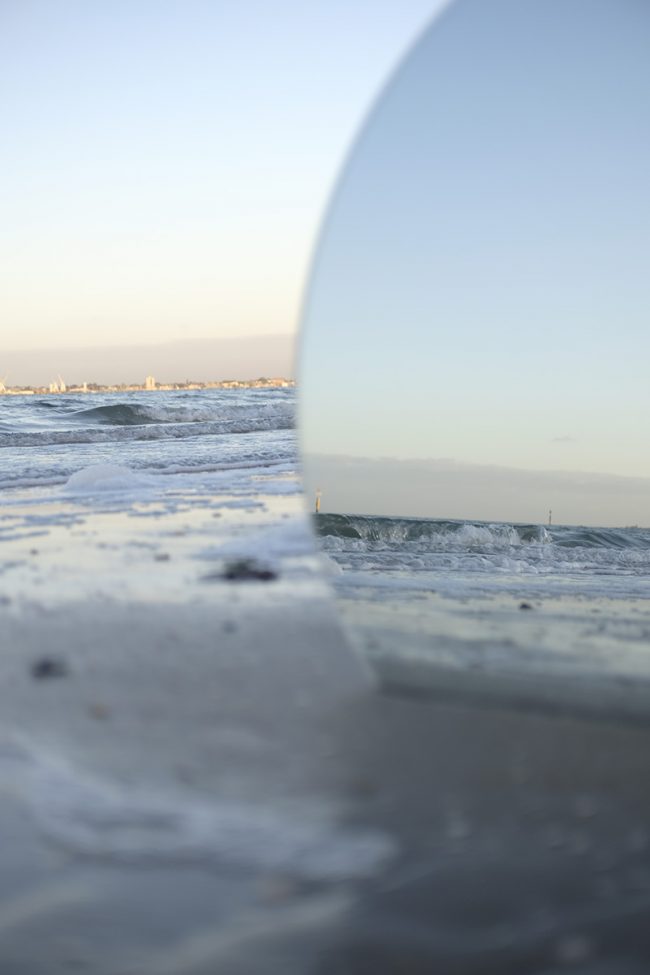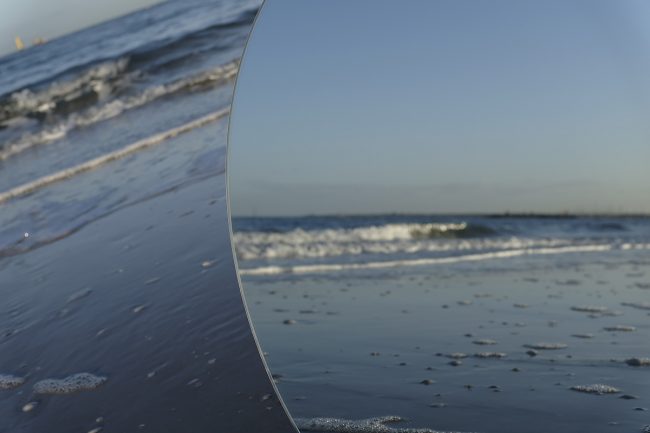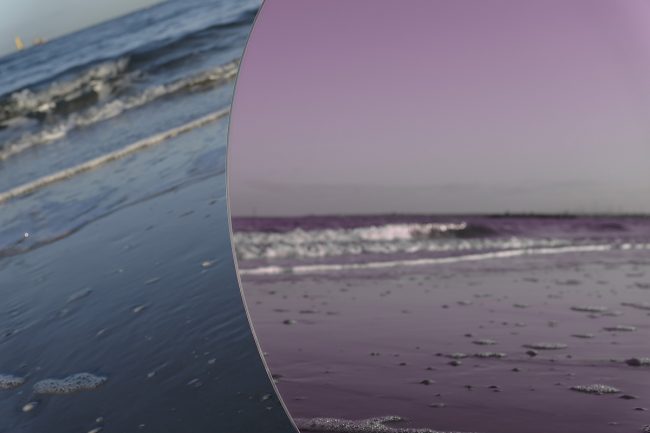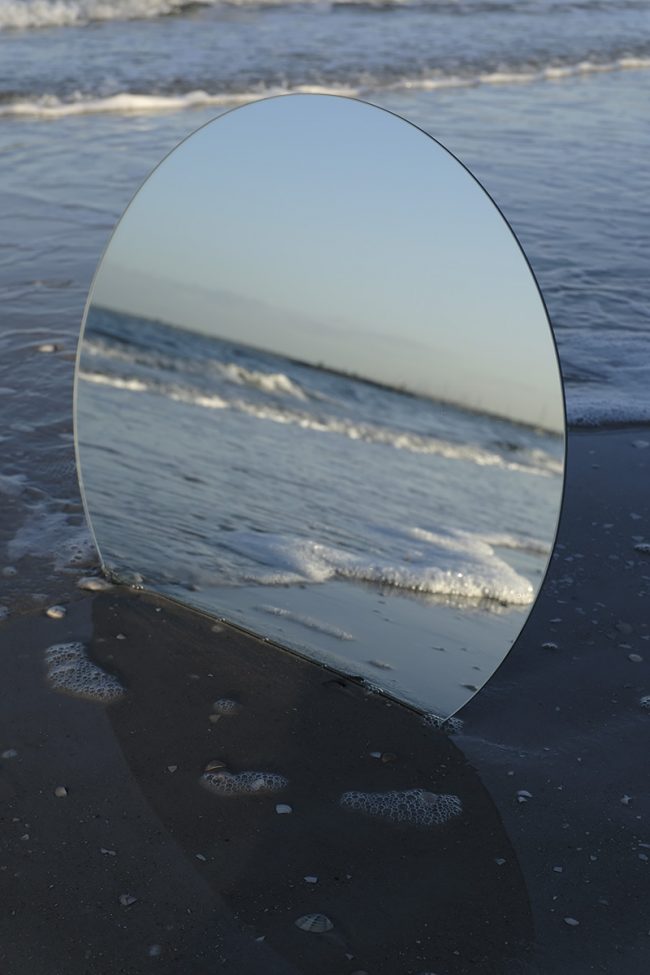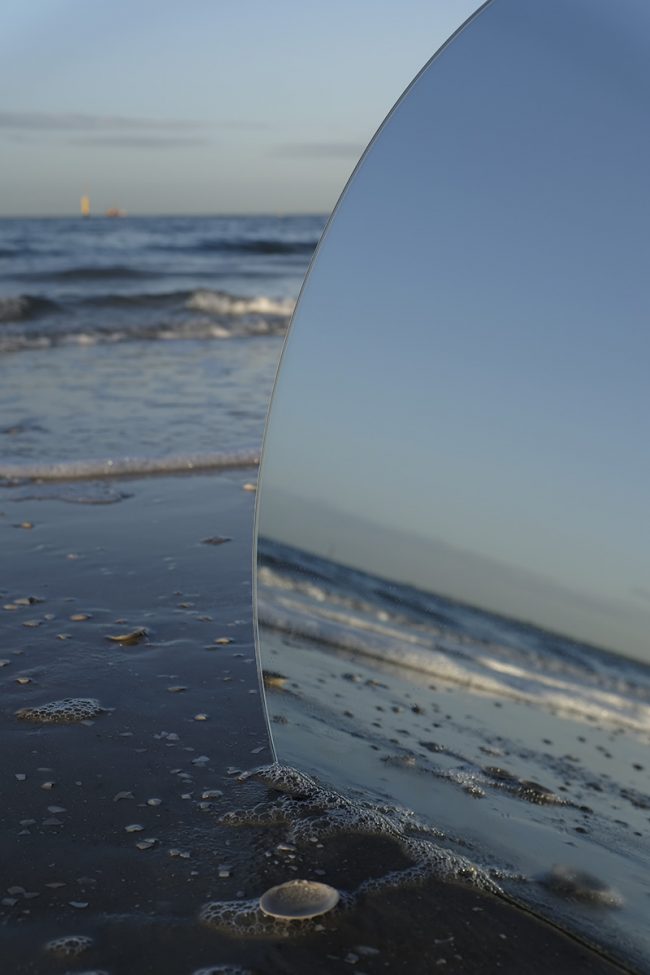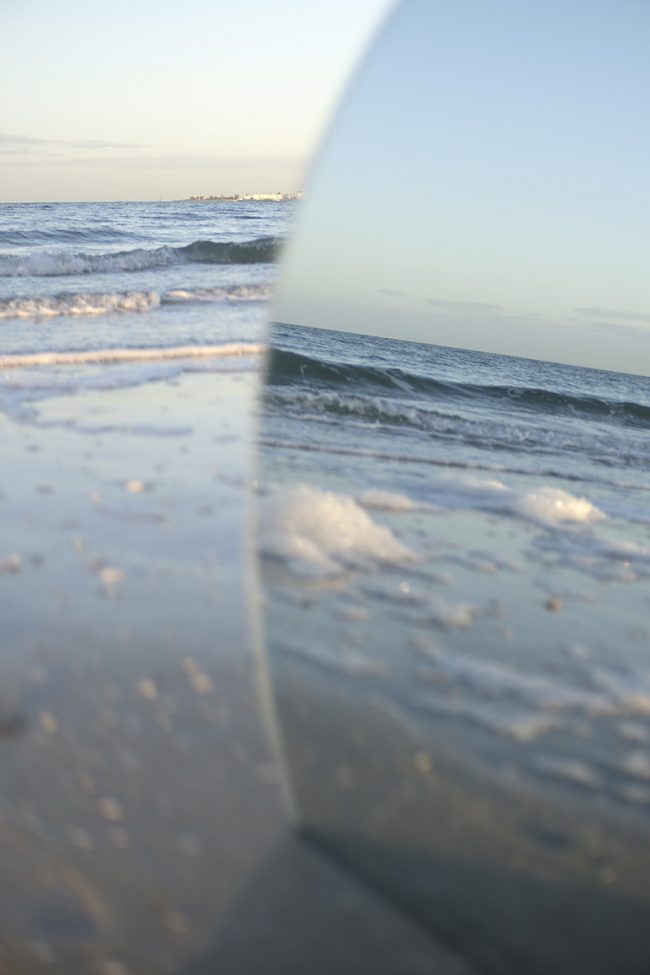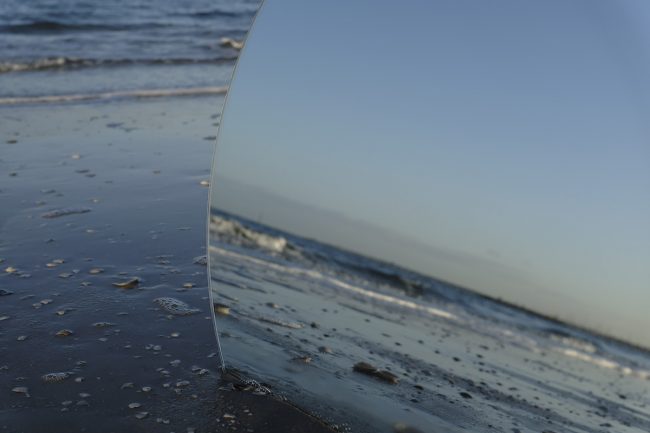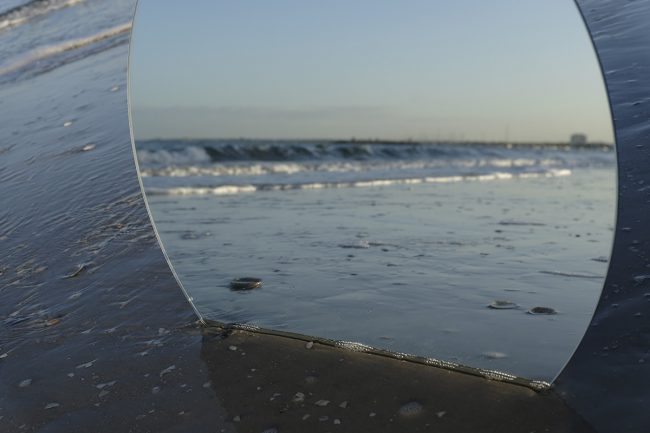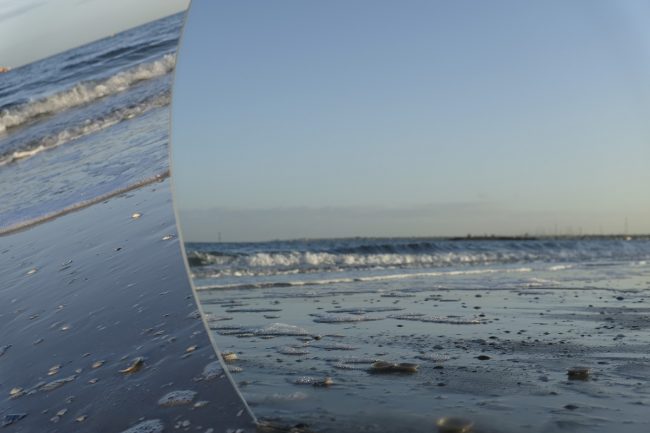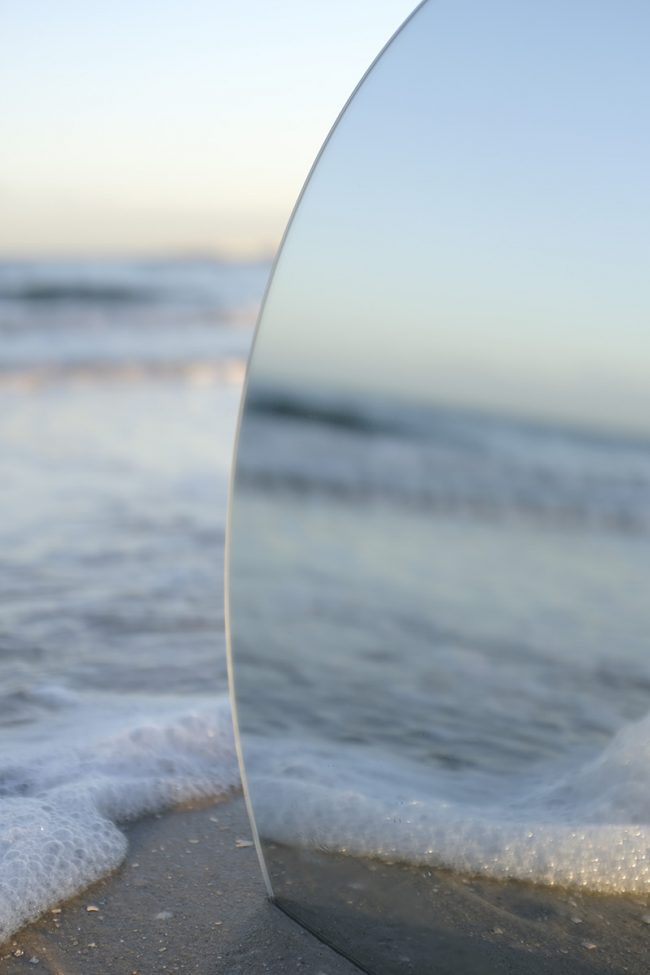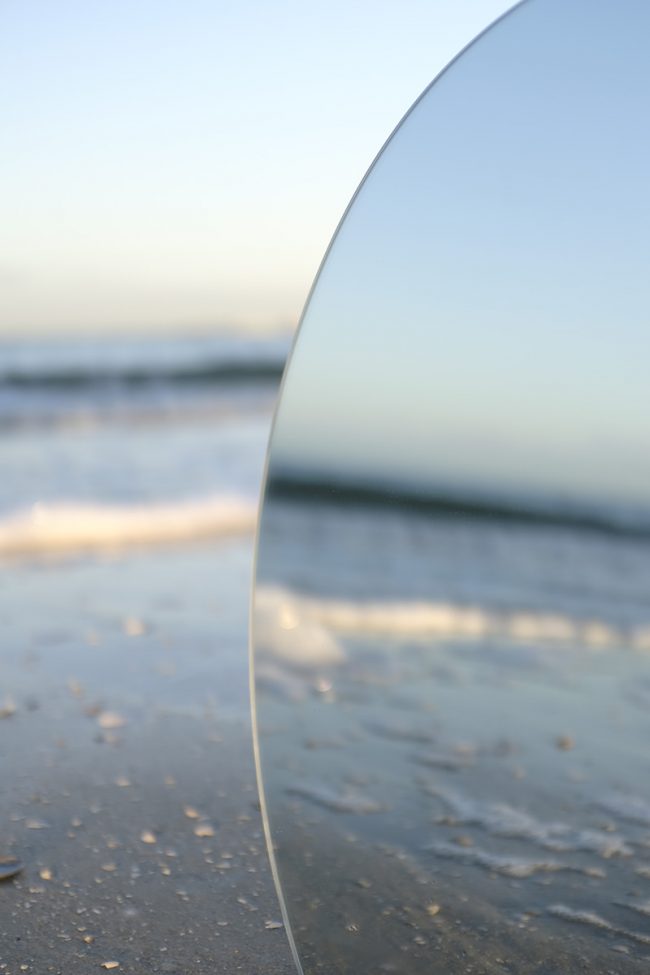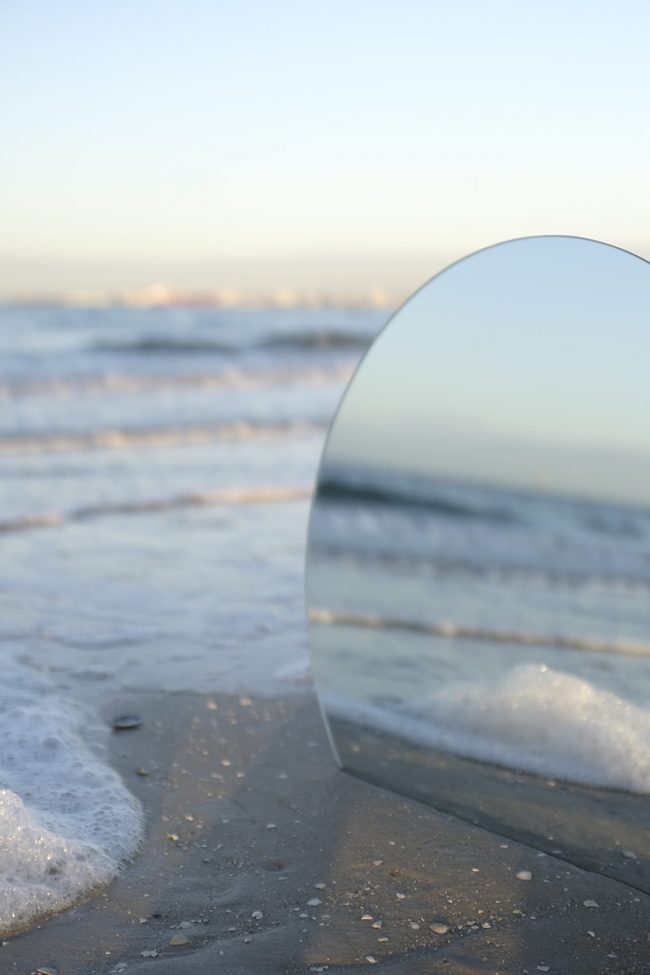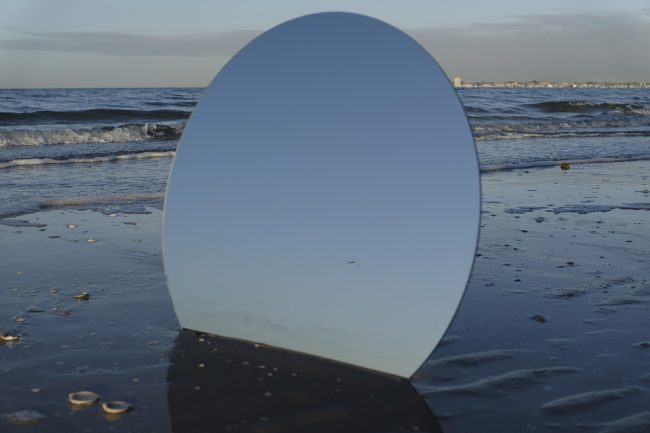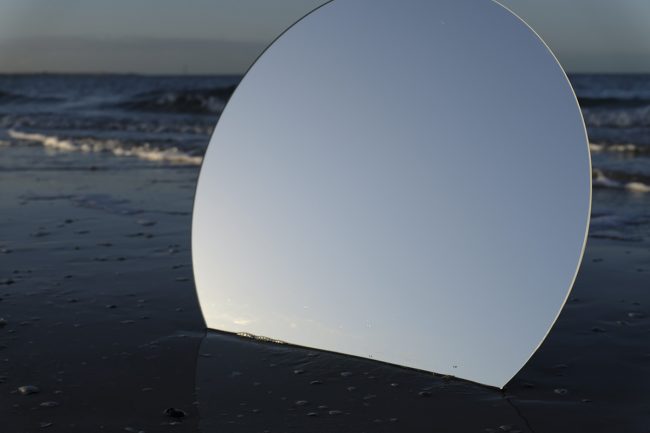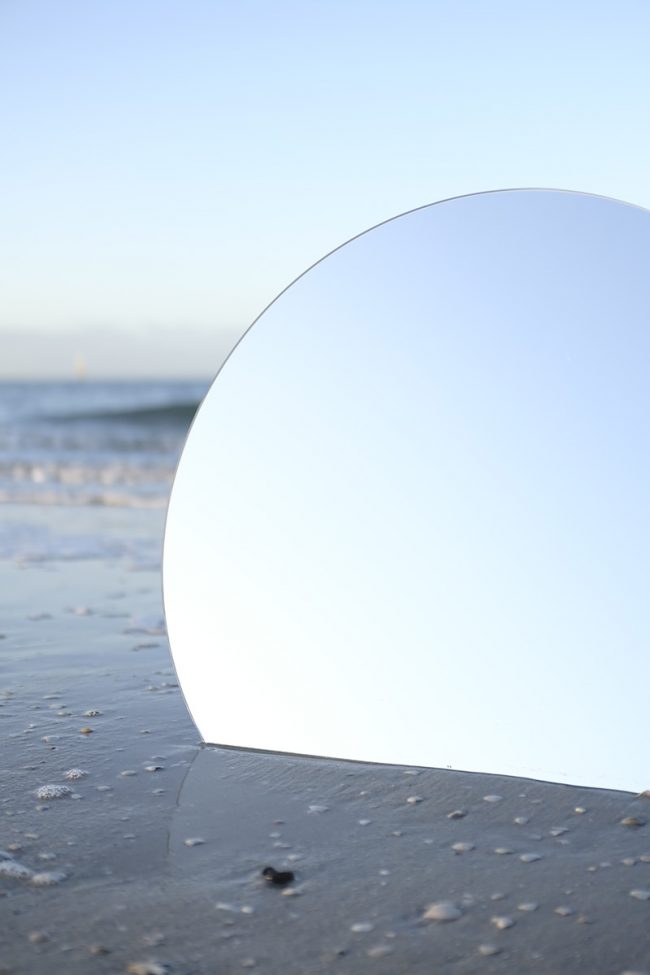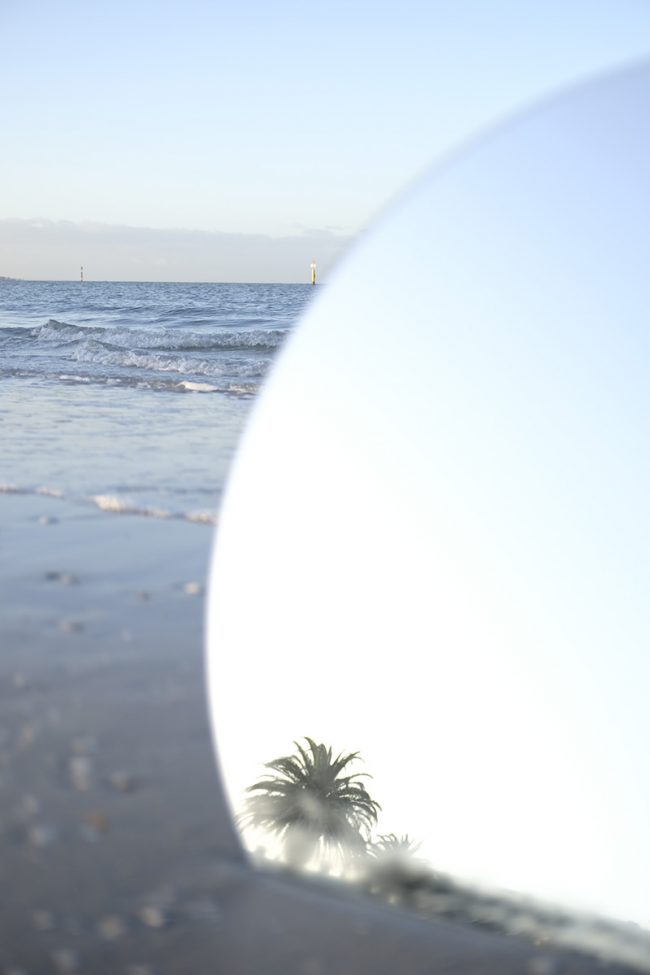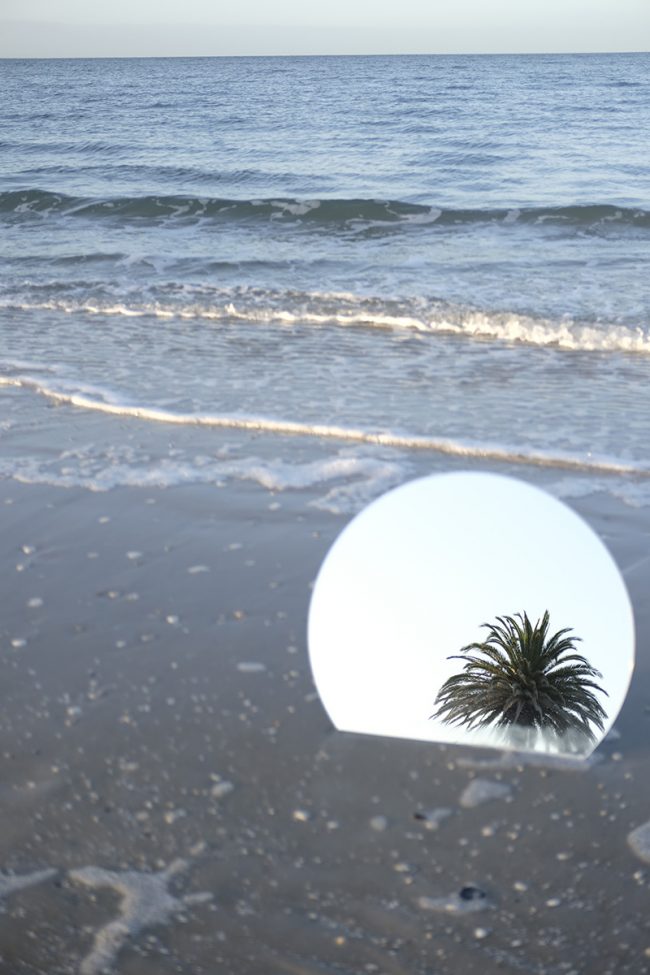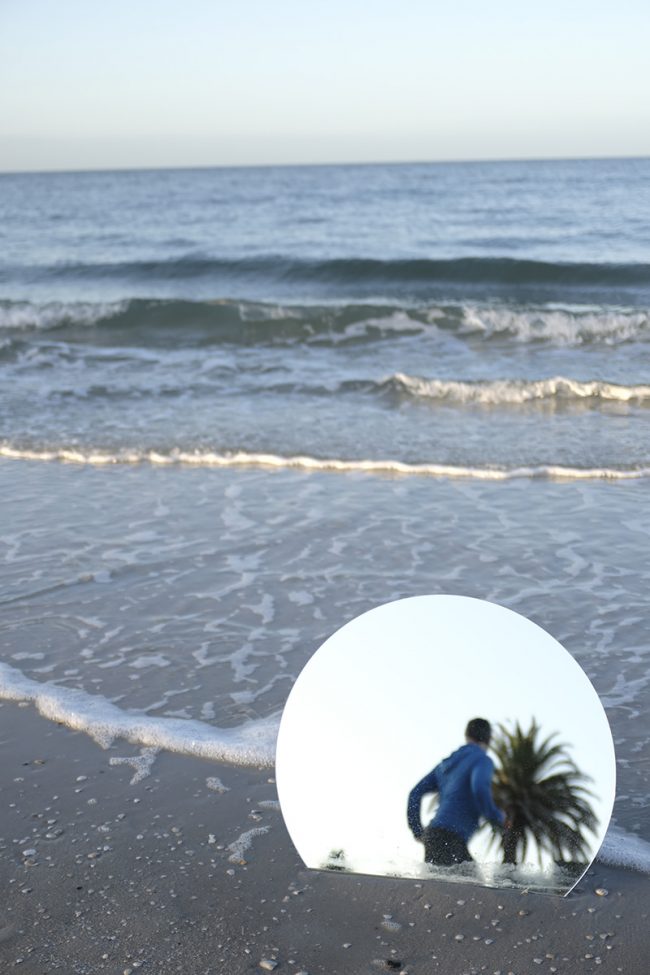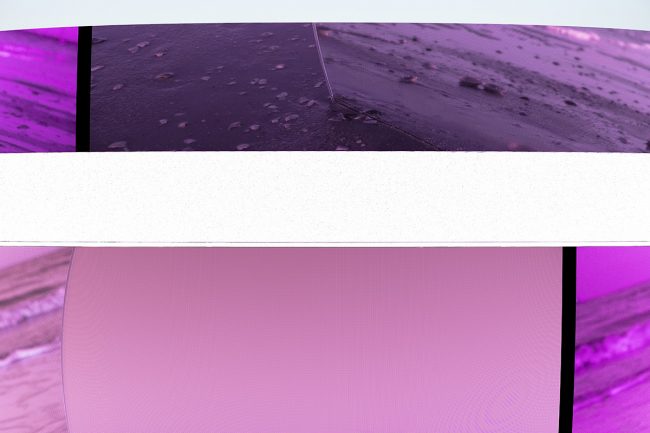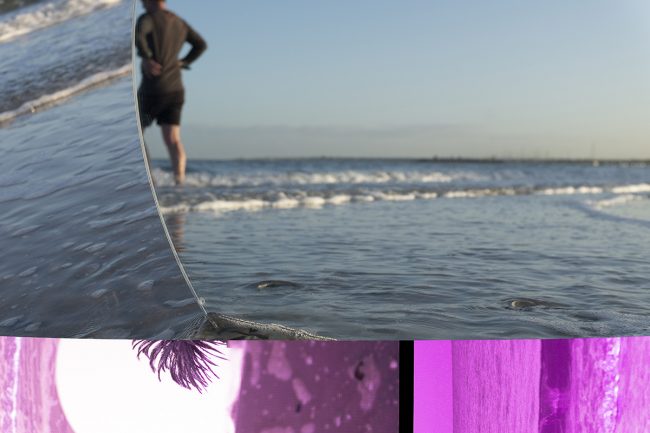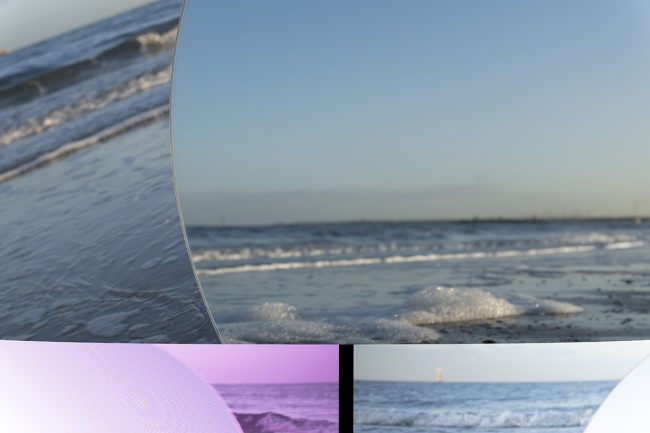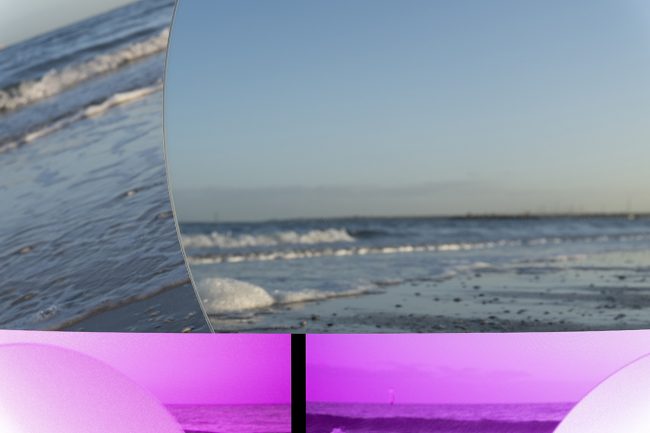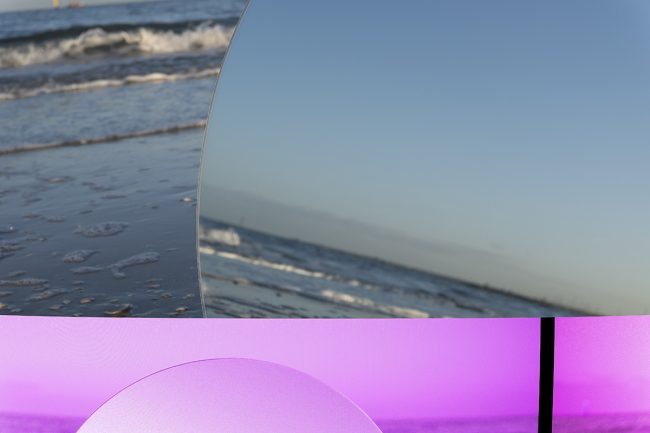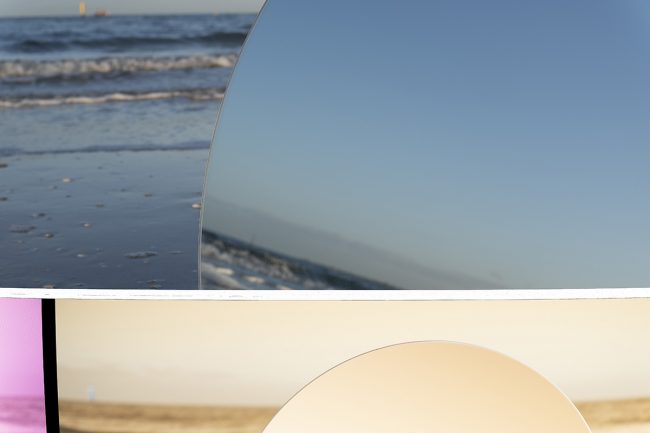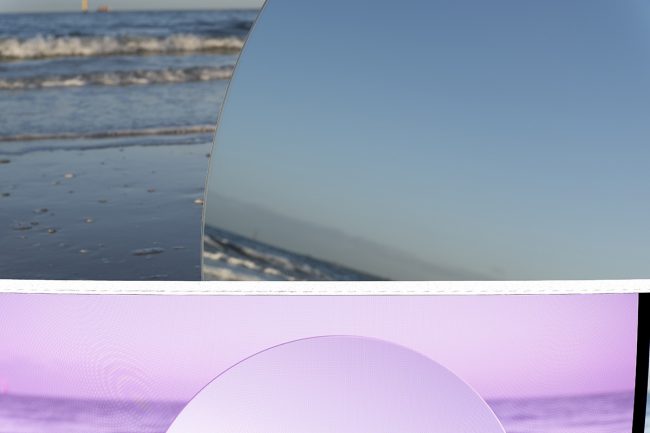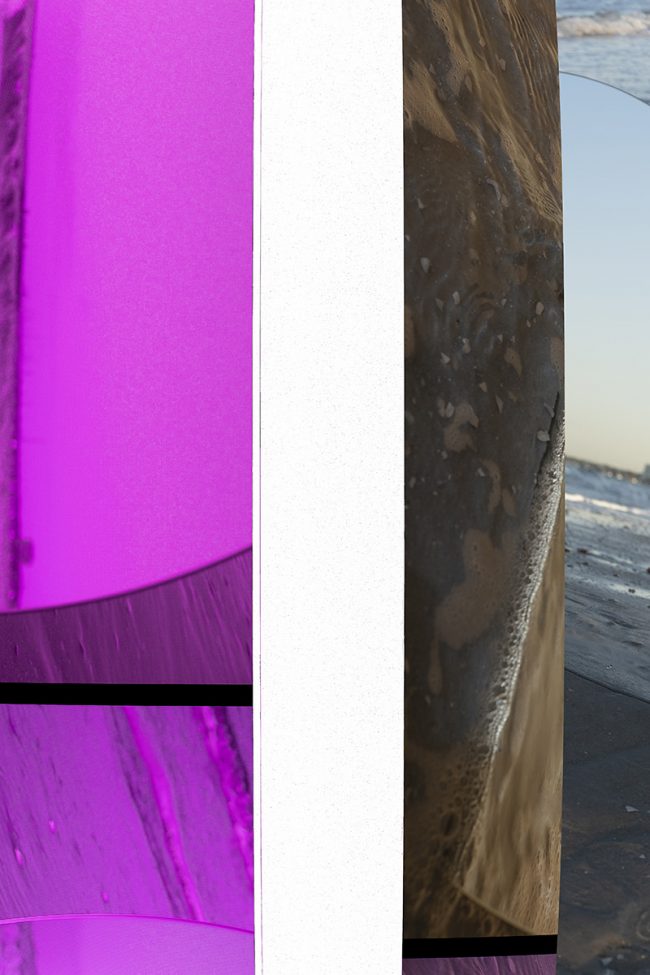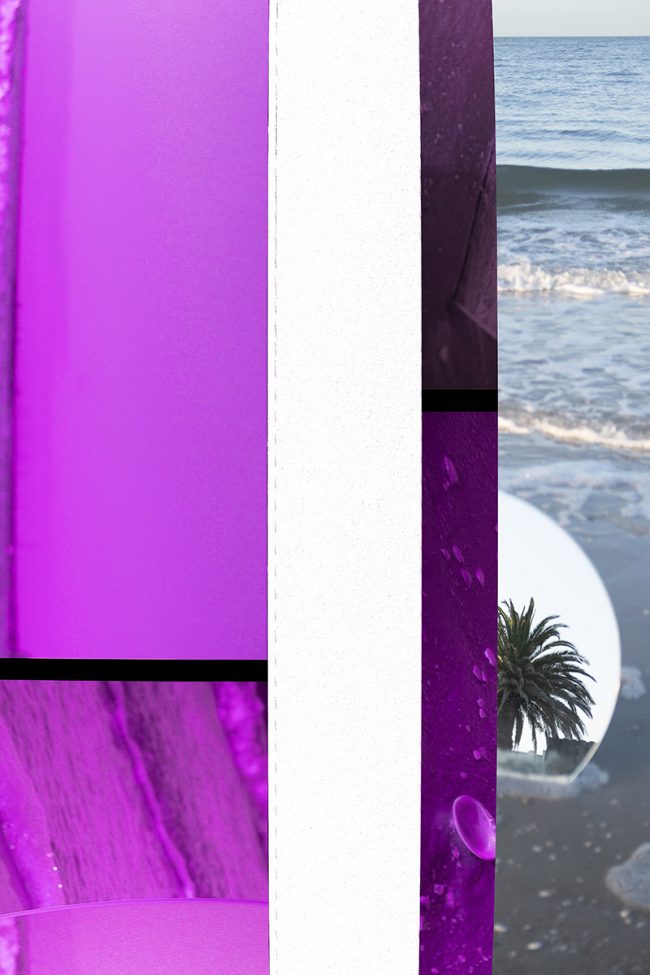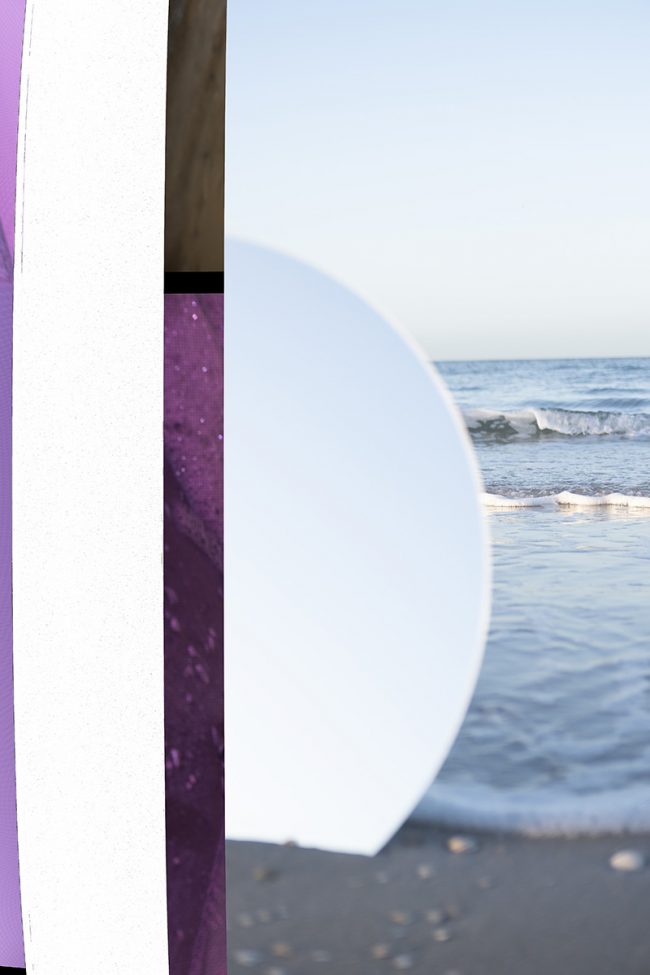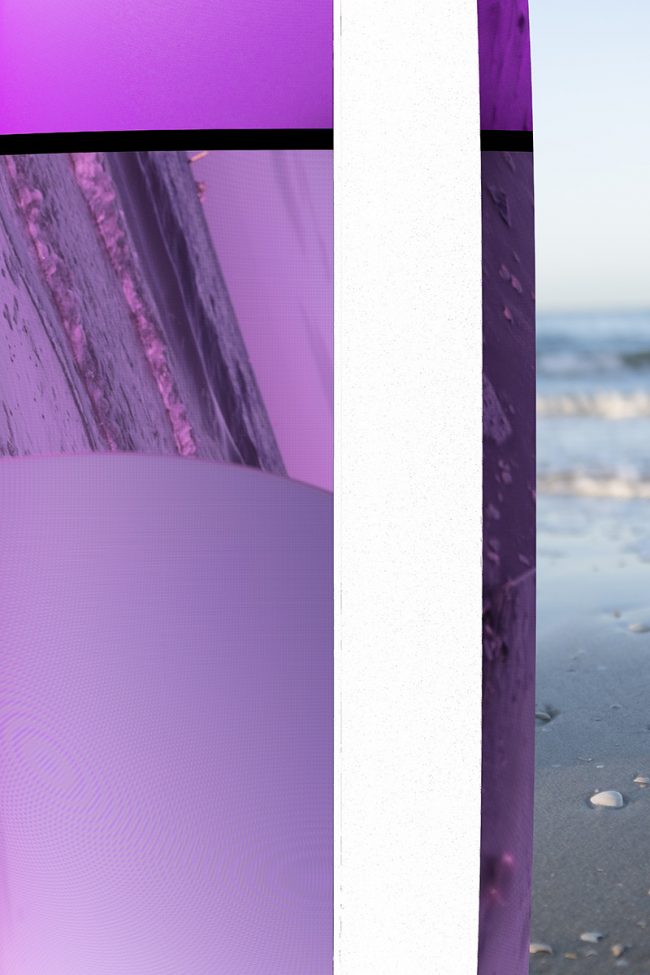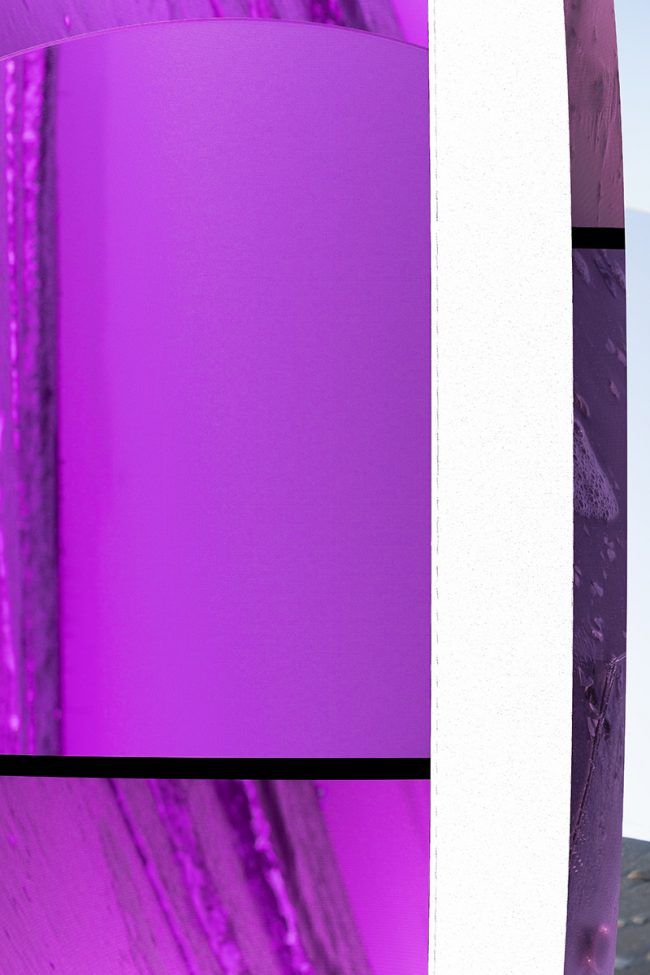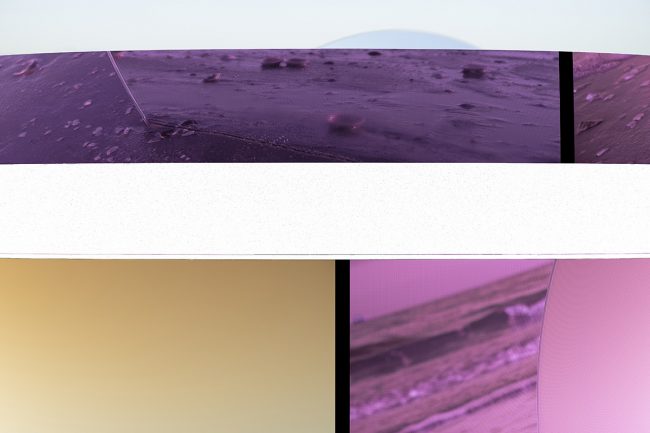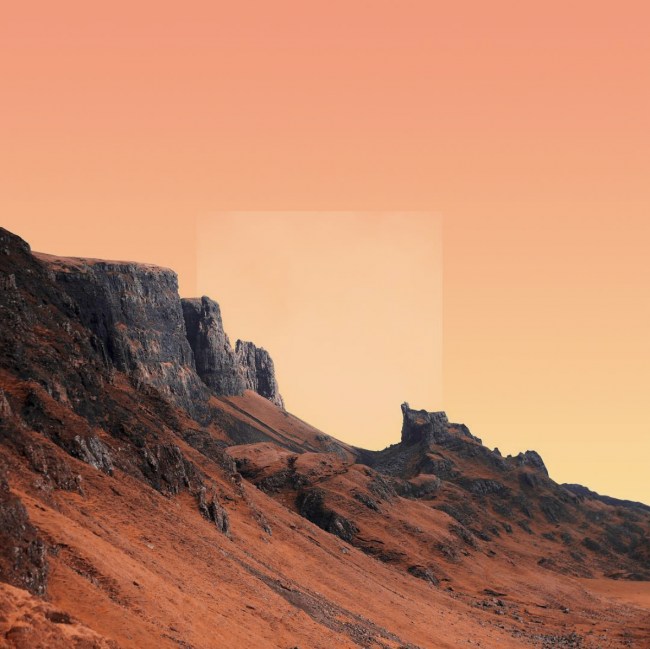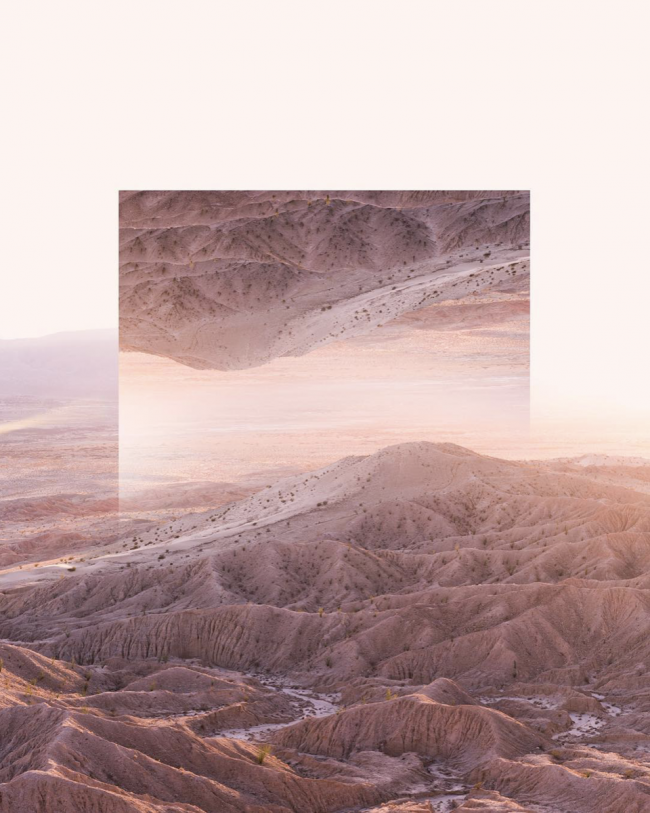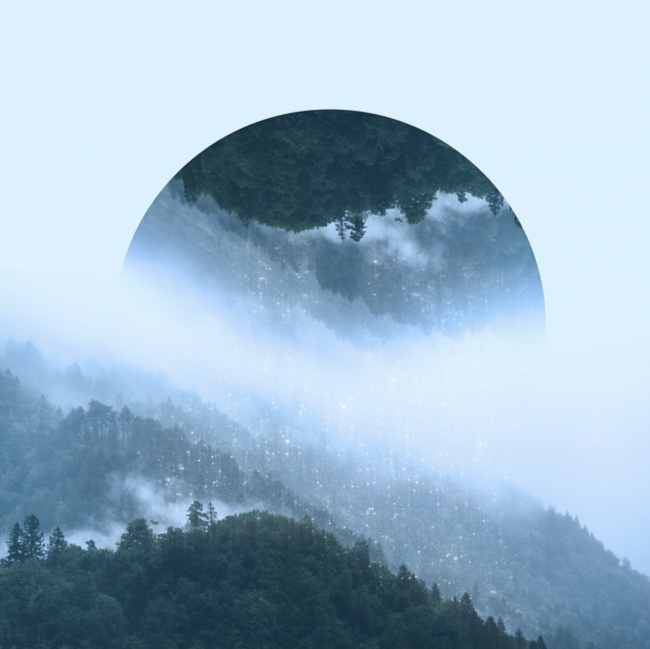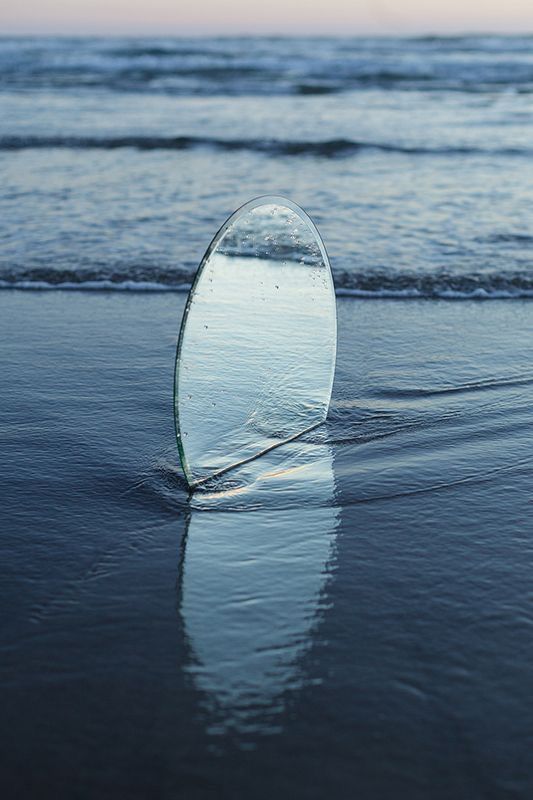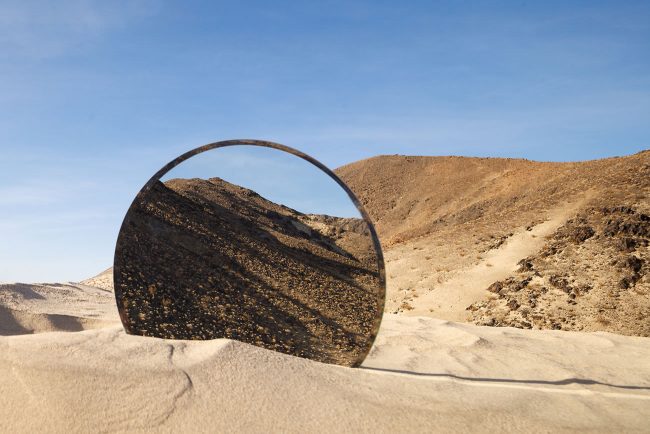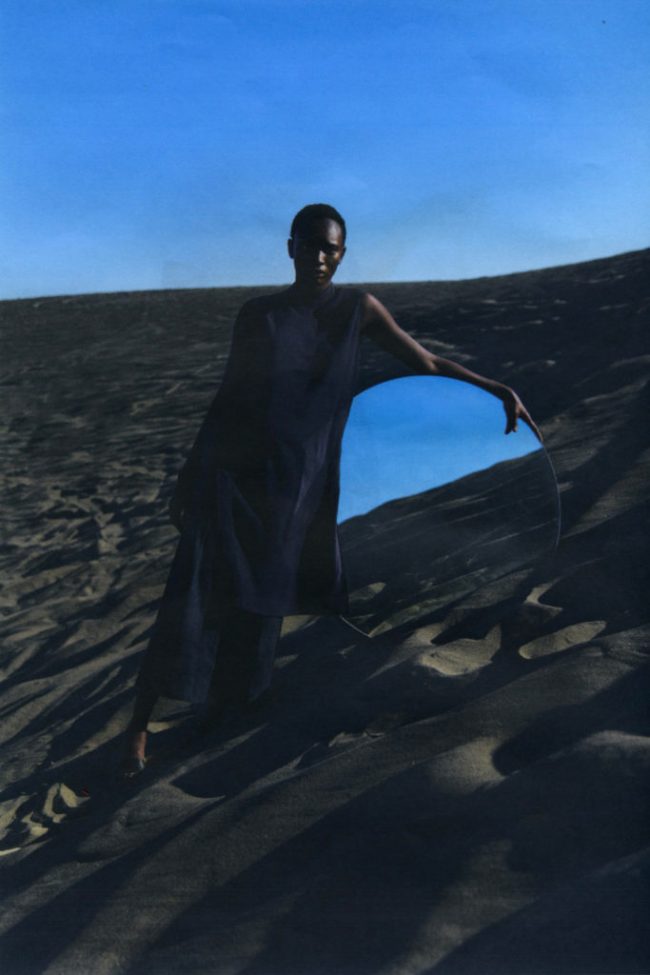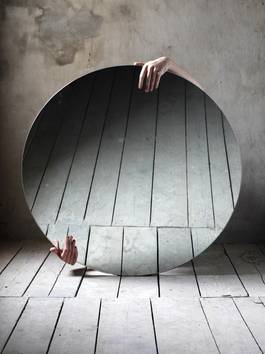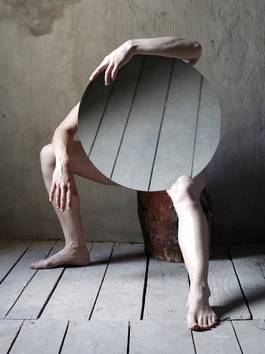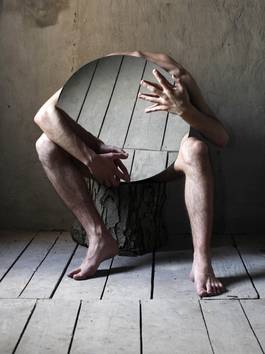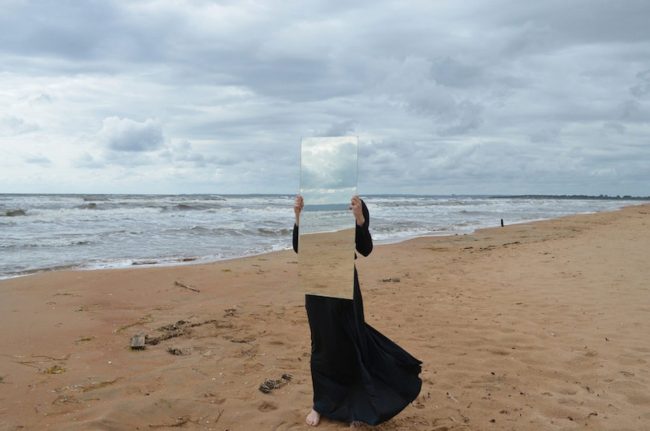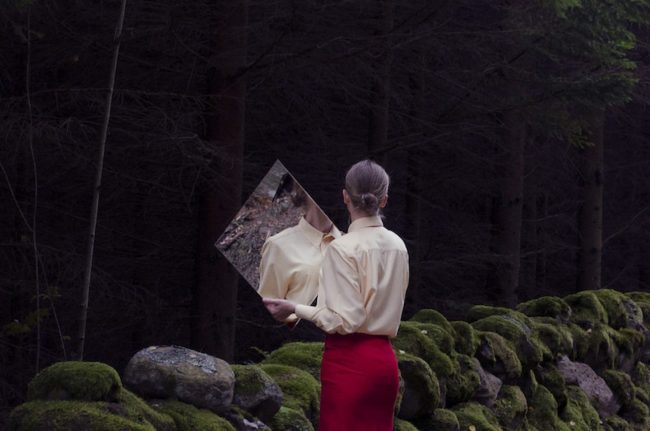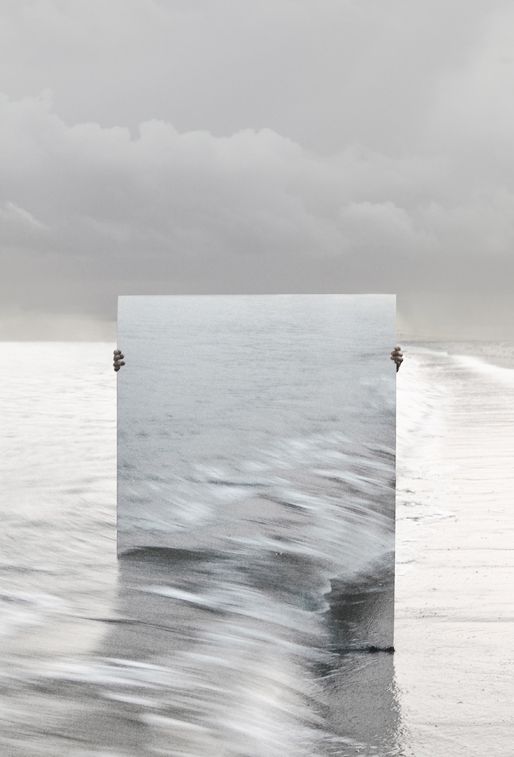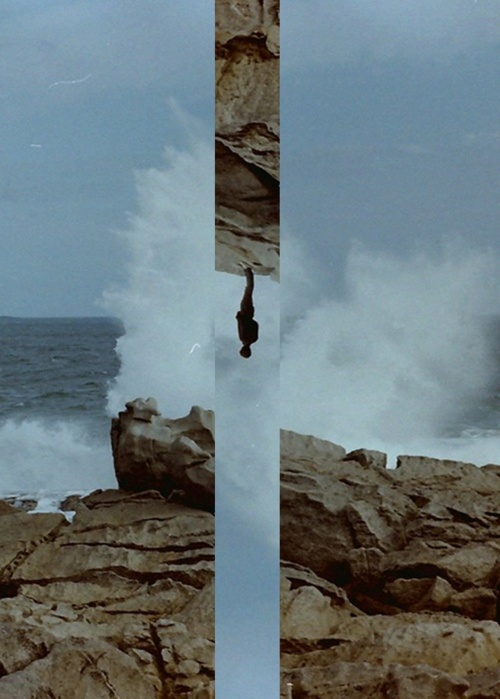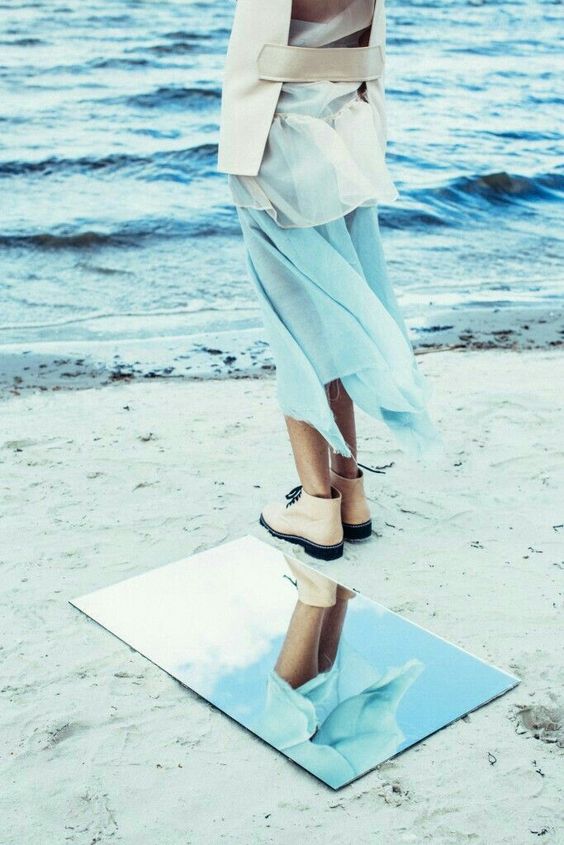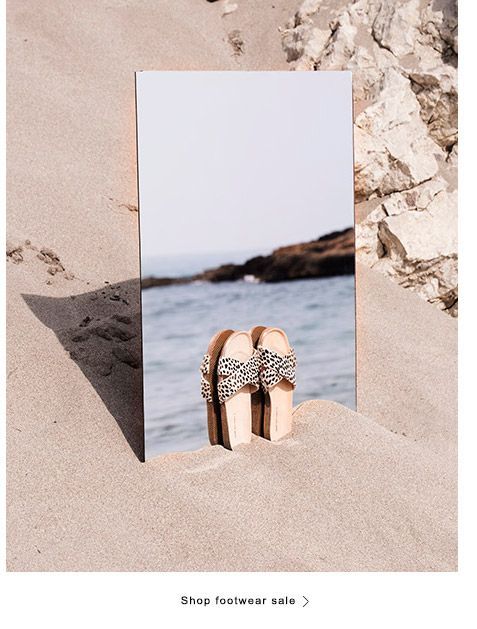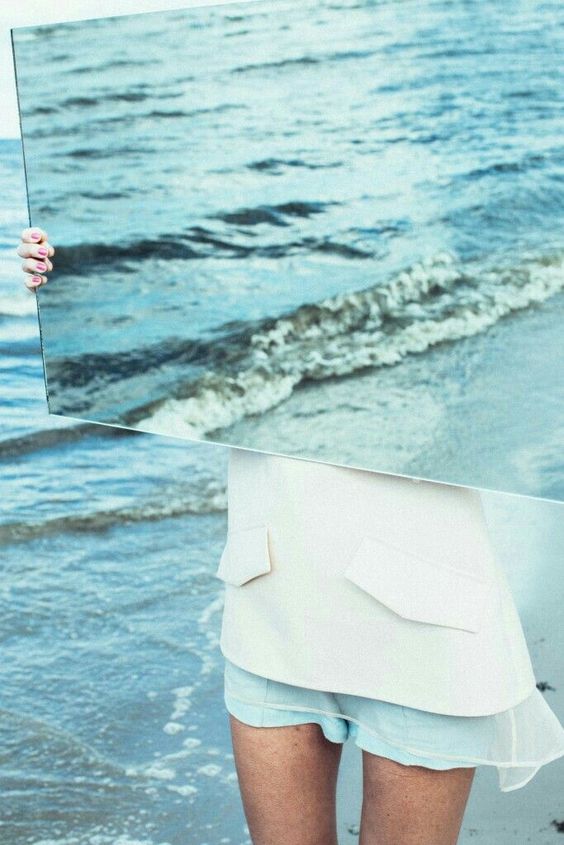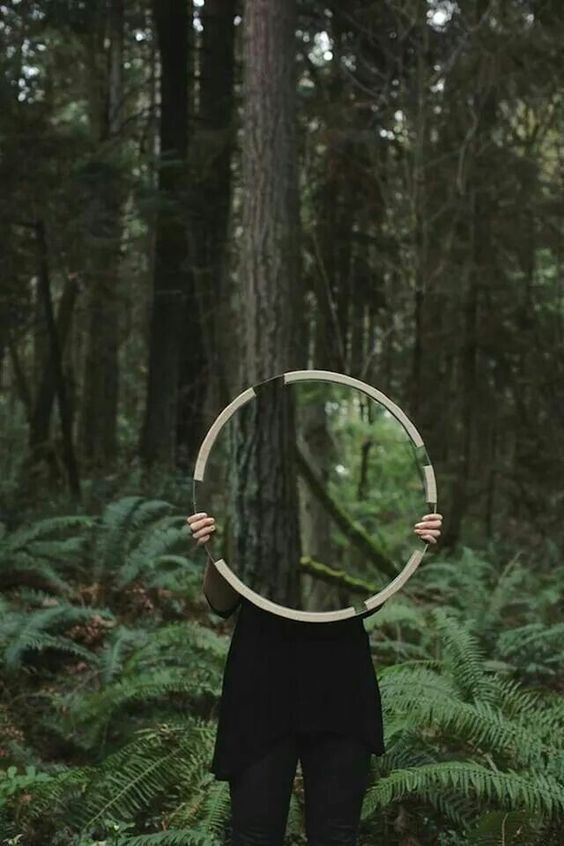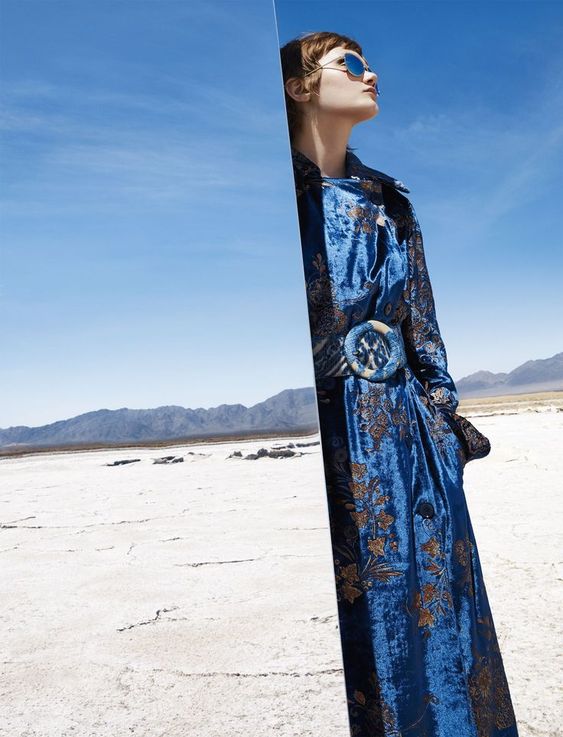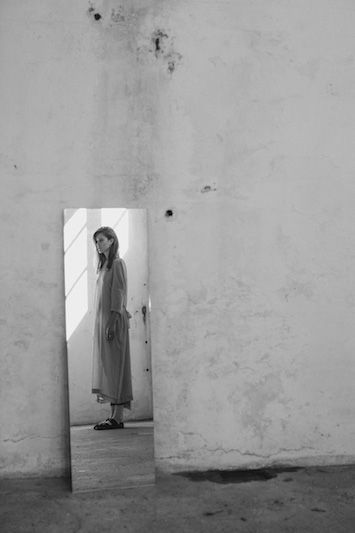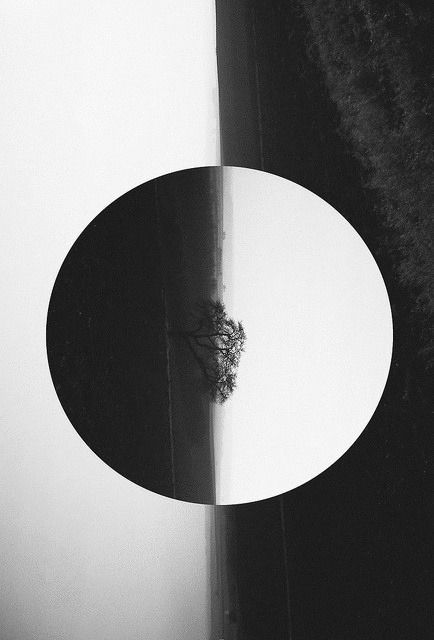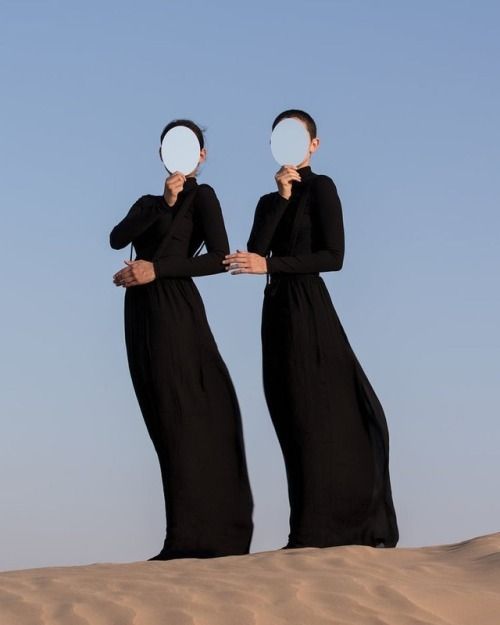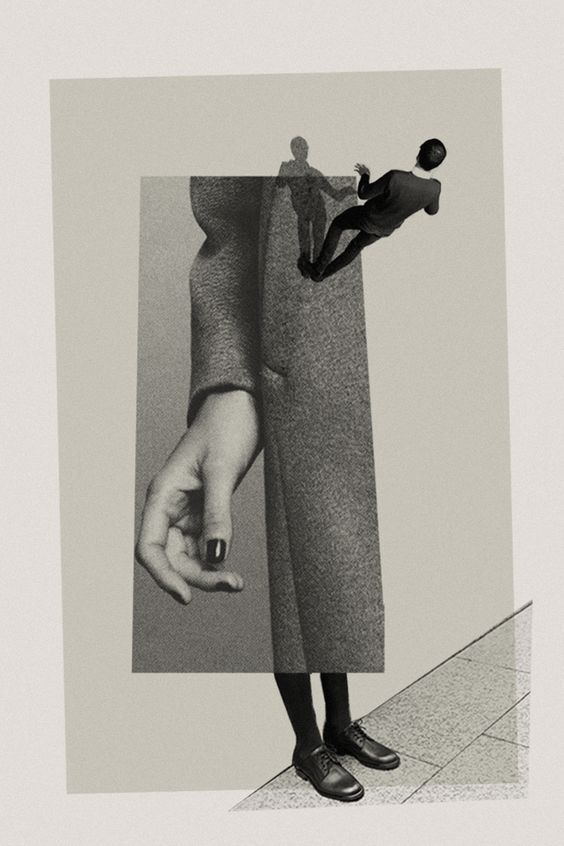WEEK 8: SUPERVISOR SESSION
Preparation
Parallel univers.
Finding space.
Lehrgeld (learning it the hard way).
I N S P I R A T I O N (Victoria Siemer, Cody William Smith, Bethany Vargas, Edin Bajric, Kersti K and others)
Victoria Siemer: Geometric Reflections
This series produces new and unusual realities by altering expected perceptions of space with geometric shapes.
Cody William Smith: A Moment's Reflection
Reflections are the primary physical means through which we perceive the world around us. You and I are able to see only as a result of the diffuse reflections produced by whatever person, place or object we observe. Light energy, from any source, is partly absorbed and reflected by whatever it strikes. Photography is an art form dependent upon the manipulation and capture of reflected and refracted light through the use of lenses, filters, prisms, and either analog or digital sensors.
A Moment's Reflection is my ongoing study of specular, or mirror-like reflections. My intention is to draw new connections between familiar forms by introducing specular reflections to environments where none would typically exist. The mirrors serve as a focal point within a given scene and also function as a window to provide an entirely unique perspective on the same location.
This project with reflections is an ongoing one, and as such, I feel as though what I am trying to capture in the mirror varies with every angle, every location, and every photograph. Sometimes I feel as though the reflections are revealing the hidden symmetry in complex landscapes, and at other times there are connections being drawn between opposites. In every instance, however, I am managing to shoot in two directions at once. Always, to look (or photograph) in one direction, is to ignore another. With these specular reflections I am able to merge tow separate perspectives, and so the resulting images are subject to endless variation.
Edin Bjaric: Spiegel
Hinter dem Spiegel gibt es die Möglichkeit zu verschwinden.
Der Spiegel öffnet einen neuen Raum, einen Raum im Körper des Dargestellten.
Ignant: Experimental Photography by Kersti K
Malmö-based art and fashion photographer Kersti K creates intriguing images that often seem to be part of a bigger narrative. She places human bodies or body parts into the landscape, arranging interesting perspectives that make us wonder what we’re actually witnessing. By hiding the faces of her subjects, Kerstin K actually gives the viewer the possibility to relate to her work even more and put their own emotions into the photographs while letting their imagination lead the way to appreciate her work.
S P E A K I N G C R I T I C A L L Y (Research narrative)
Your most significant projects
So far, I worked mainly on two projects. Last semester’s project was called ISO-SPECTIVE, this semester’s carries the name Soliloquy. Both projects happen under the Melbourne lockdown restrictions thanks to the Corona virus. This is evident in the projects, their themes and production.
ISO-SPECTIVE uses my own archive photographs from the time before the first lockdown, projects them onto things that surround me day in and day out: walls of the rooms I live in, parts of furniture, clothes but also a person and a dog. The original idea was to paint a happy vision of the world outside and to what look forward to, once the lockdown is over. But through the simplicity of the composition, the emptiness and darkness of the rooms, and the isolation of the person in the pictures, the resulting photographs rather show the feeling of depressing loneliness and longing for connection. Instead of looking into a bright future, the pictures show the current dark state. Instead of extrinsic joy, the images show a metaphor for isolated interiority.
Some ideas for this series are based on Ervin Goffman’s The Presentation of Self in Everyday Life. How the individual intentionally presents themselves to the outside world – or if there is no outside world in the privacy of one’s home. But the photographs carry the observation of a person’s private life outside into the public.
Visually, I took inspiration in Sophie Calle’s work, especially the series Les Dormeurs. Seeing someone’s unmade bed – even without a person sleeping in it – can make the viewer feel uncomfortable or turn them into a kind of unintentional voyeur. Just like a lot of times during online classes or meetings, when we see the living situation of people we barely know.
My original intention, cheerful, lively, natural images turned into the exact opposite. Possibly, earlier or when working as an art director, I might have quarreled with myself for that. But in the meantime, I have learned that projects usually take me to the darker side, and it is not worth fighting it. Photography seems to be my outlet. Another goal was to create a series of images that fit together but do not get boring. I am pleased that this worked well.
As opposed to last semester’s project, my current photographs are less defined or result oriented. Soliloquy arose from the circumstance that my originally planned photographic conversation with another photographer fell silent. Switching from a dialog to a monolog, this series intentionally works with current emotions and mood swings. So, instead of trying to produce photographs that have one certain intention, I try different approaches. Up to this point, I combined two styles of work that were made in a short period of time, and although there is no pronounced connection between them, they deal with observing and capturing moments. They were designed intuitively but follow different photographic processes: starting from rather planned, constructed photographs indoors and spontaneous capturing place and light outdoors. Sequencing them and arranging them next to each other is an essential part of the process.
Reference for the style and visual language to this project is Elizabeth Hibbard’s series Dear Mili. She includes people (possibly herself) in her images, but the person stays anonymous. The viewer should feel the presence of a person rather than seeing and recognizing that person. Additionally, it seems that the whole photo series was taken in one apartment, again something that is similar to my situation with the current lockdown restrictions.
As in this project I use photography as an outlet of my thoughts and feelings right from the start, the production is mostly unplanned and feels easy. The best photographs come into being when I do not think. The challenge lies in the continuation without getting stuck or being too repetitive. And putting the project into words. Or putting words onto the project? I am pondering on Jason Evans’ statement: »Pictures for Looking Art (2007–12) started as a response to a popular pseudo-academic idea that all photographic experience must be intellectually contextualized – an idea that has created a biased meritocracy that seems to prioritize the ability to expound in writing over the ability to photograph. These pictures are intended to be looked at and enjoyed.« Is not the reason why I take pictures that I am lacking the right words? And why put words to something that is already there (only in a different form than words)?
Taking stock
Working as an art director, I have been writing ideas, concepts and briefings for other photographers for more than a decade. It is a new experience for me to be the one who executes these. But writing briefings in a corporate world (not too intellectual or not too artsy, rather simple and straight forward) and holding presentations as a designer (explain everything, do not assume any kind of prior knowledge) are different from the requirements in the art world (leave space for the viewer to interpret your work but give a hint what it might be based on in your personal biography). I am still learning.
Thinking about the super-narrative, it is sometimes hard to find the right words to define something and easier to say what one is not: I am not reporting about the outside world of these Corona times. I am not a documentary photographer. Instead, I am focusing on the individual, their experience with the lockdown restrictions and their inner thoughts. Up to now, all my projects in the master’s program deal with isolation, loneliness and longing for connection and intimacy.
It is easy to say that this is caused by the current Corona lockdown. The virus is sure to intensify this situation, but that is not the only reason. Living in a foreign country, building up a new network of friends and staying in touch with friends and family via screen would possibly lead to similar pictures anyway.
Accepting my photography as an outlet, putting words to it and finding the right middle ground between privacy and public work are things that I am still learning. Goffman (1959), Calle (1979) and Hibbard (n.d.) are all references that are helpful when exploring this terrain: Goffman by pointing out the act of presenting oneself (or maybe acting) in public, Calle by provoking and possibly going too far and Hibbard by finding a beautiful way of dealing with anonymity in her photographs.
Looking to the second half of the Master Coursework program
My main challenge might be to find a way to intellectually understand and express in words what my intuitive pictures already convey.
Coming back to Evans’ provocative statement from the first page, I do not think my pictures are only »intended to be looked at and enjoyed« (2015, p. 354). But up to this point, I cannot put my finger on their actual and honest purpose. What is the meaning of my body of work and how is it relevant to others? My assumption is, once I found words and an understanding, a whole new field will open up to be explored. And to be played with.
I am curious about the connection of words and pictures and how they are related.
What happens if the words come first and the artwork follows them? Can believable artwork be created in this way? How will it be different? How does the process influence the artwork? I imagine experimenting using other artists’ words and creating my own interpretation of them.
On a further thought, can writing adequately convey the results of photographic investigation? And what happens if the words do not match the picture?
Reference List:
Calle, S., 1979. Les Dormeurs. [Gelatin silver prints]. Retrieved from httpss://www.metmuseum.org/art/collection/search/284217 [Accessed 08 June 2020]
Cotton, C., 2015. Photography Is Magic. New York: Aperture, p.354.
Goffman, E., 1959. The Presentation Of Self In Everyday Life. Carden City, New York: Doubleday Anchor Books. Retrieved from https://thecomposingrooms.com/research/reading/2014/goffman_intro.pdf [Accessed 08 June 2020]
Hibbard, E., n.d. Dear Mili. [online] Elizabeth Hibbard. Available at:
Wikipedia contributors, 2020. The Treachery Of Images. [online] En.wikipedia.org. Available at:
Conversation pieces
Feedback
Probably something I have to work on is the PACE:
· pages where there is more to see (possibly 4–5 images) and therefore slower
· pages with just one image (for example ripples on water) and therefore faster
> this makes a story
Themes in my images:
· reflections
· shadows
· inside/outside
> abstract conceptual photography (Charlotte Cotton: Photography is Magic)
Notes


